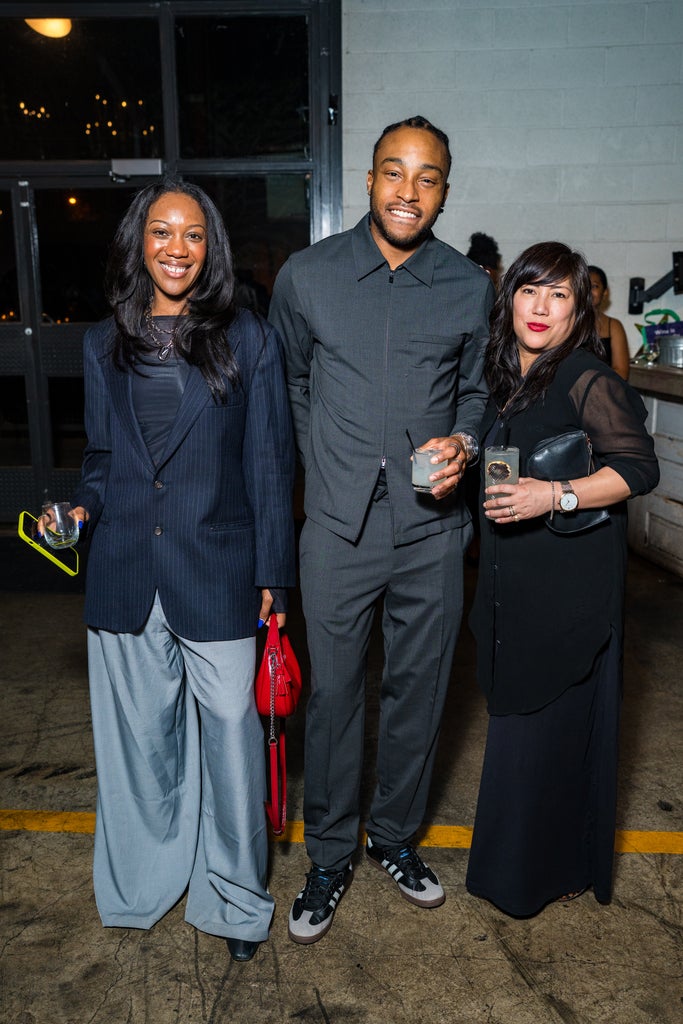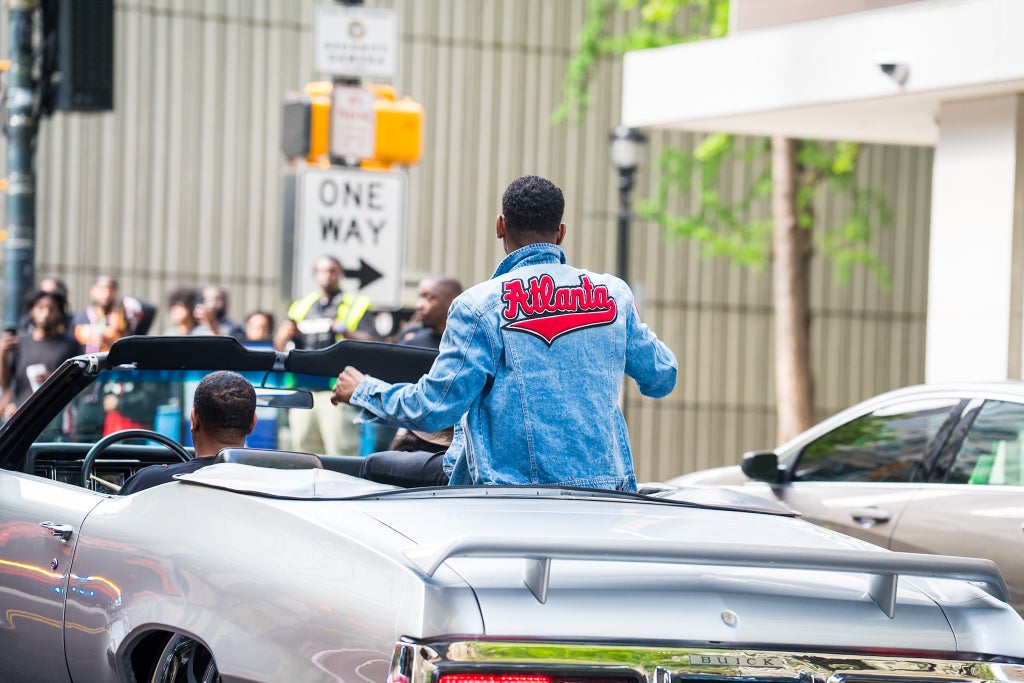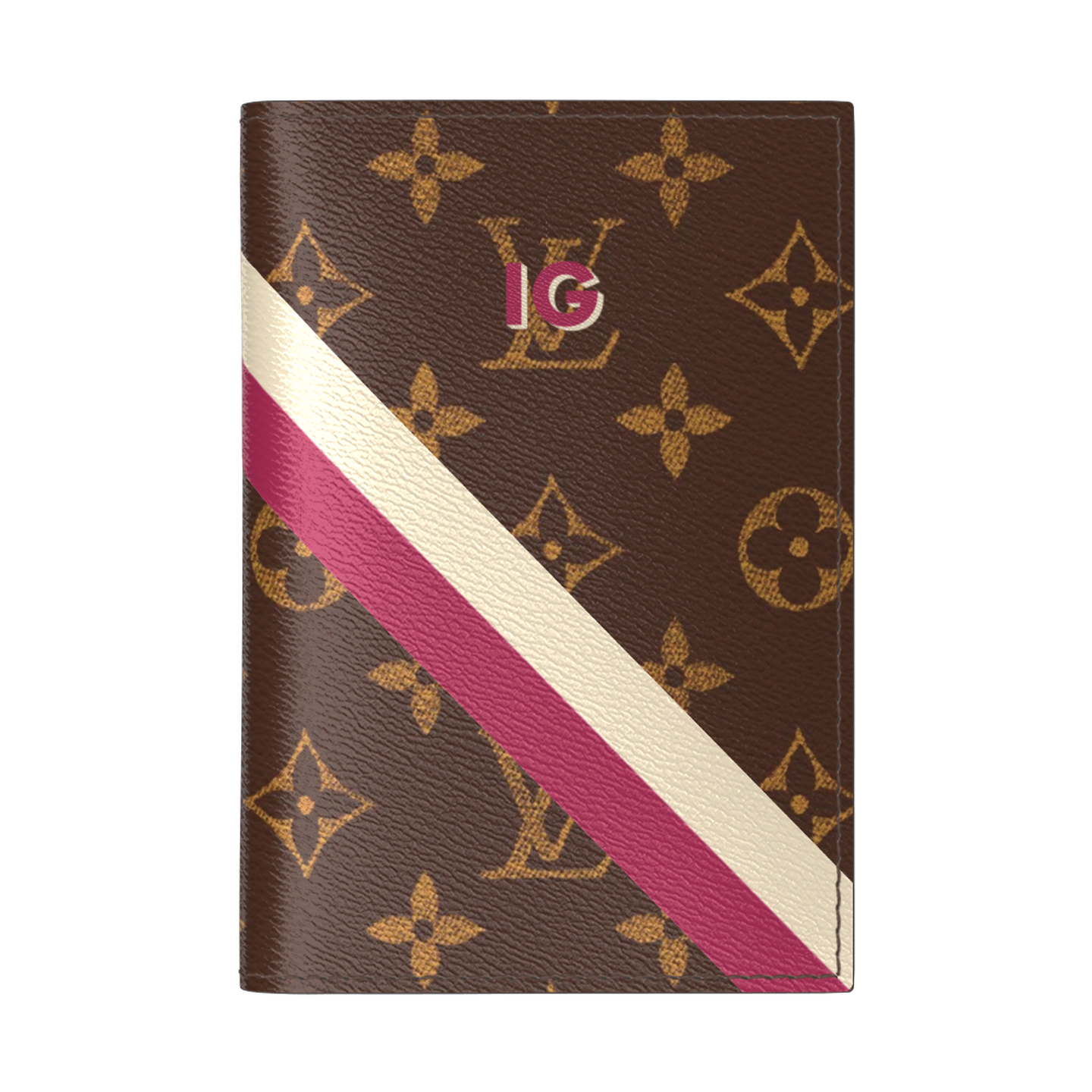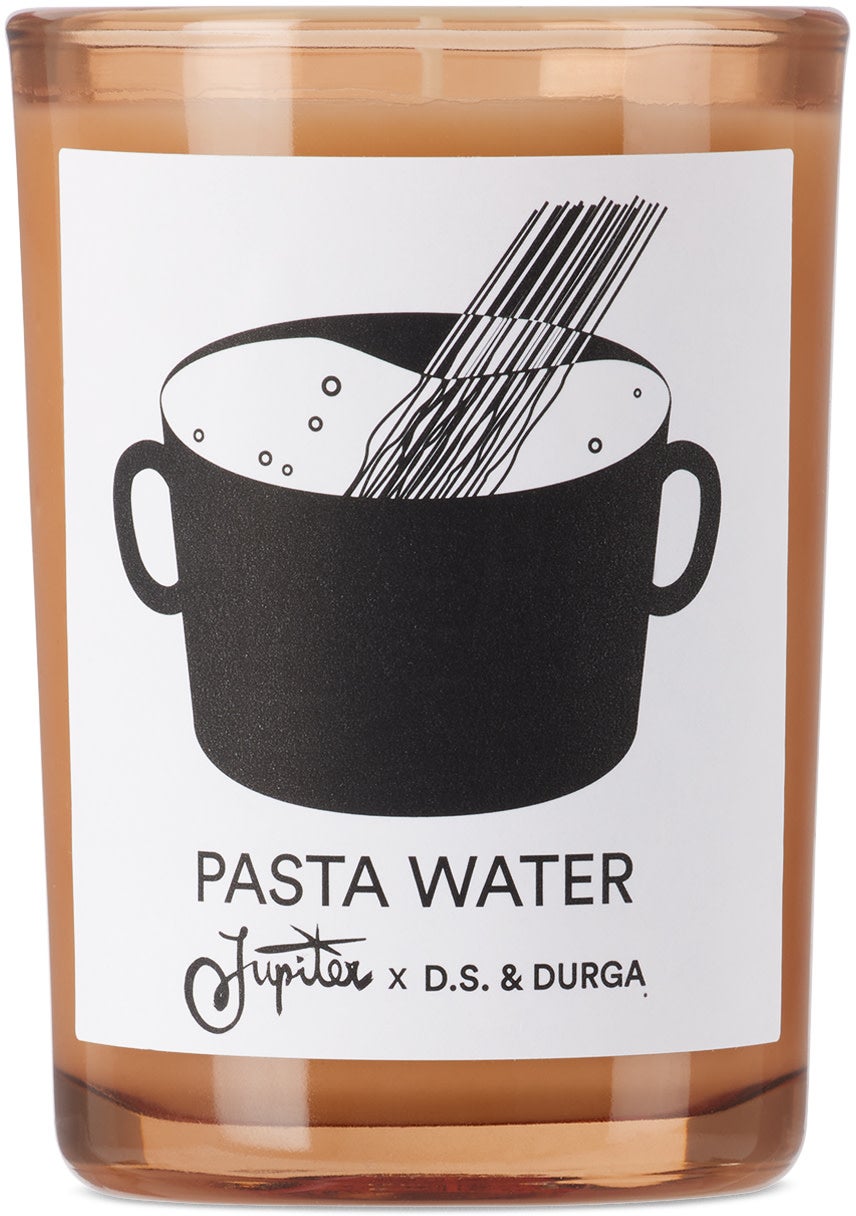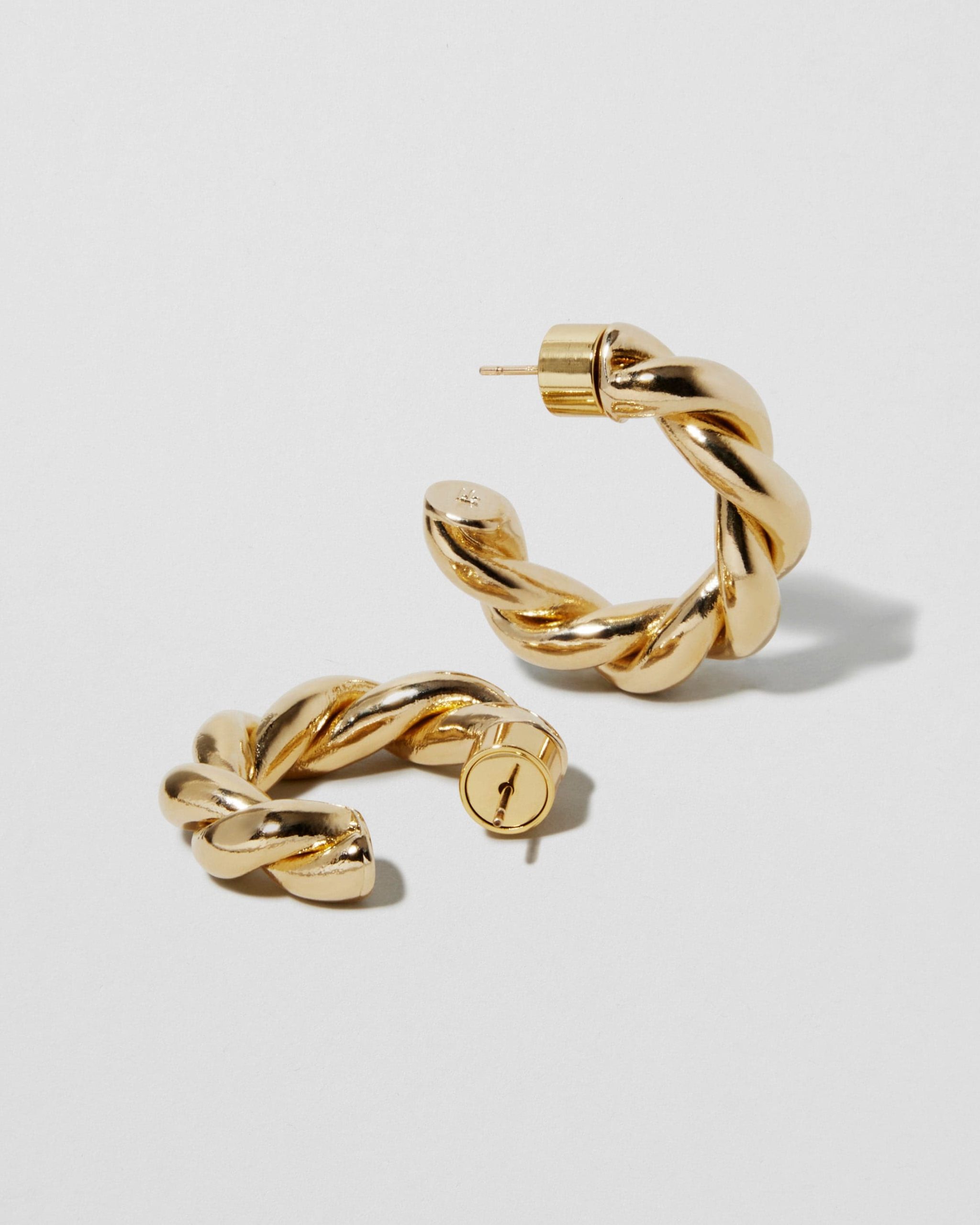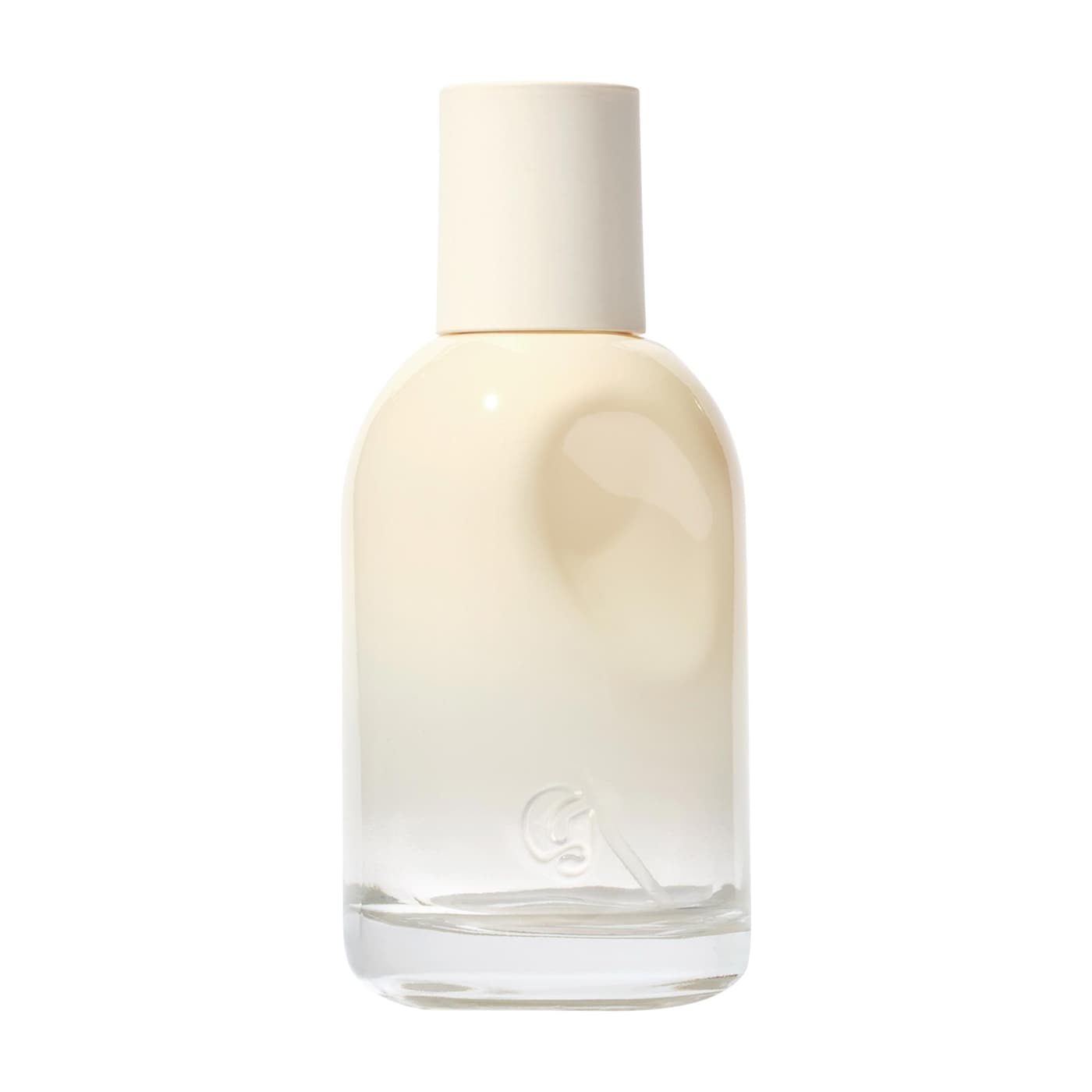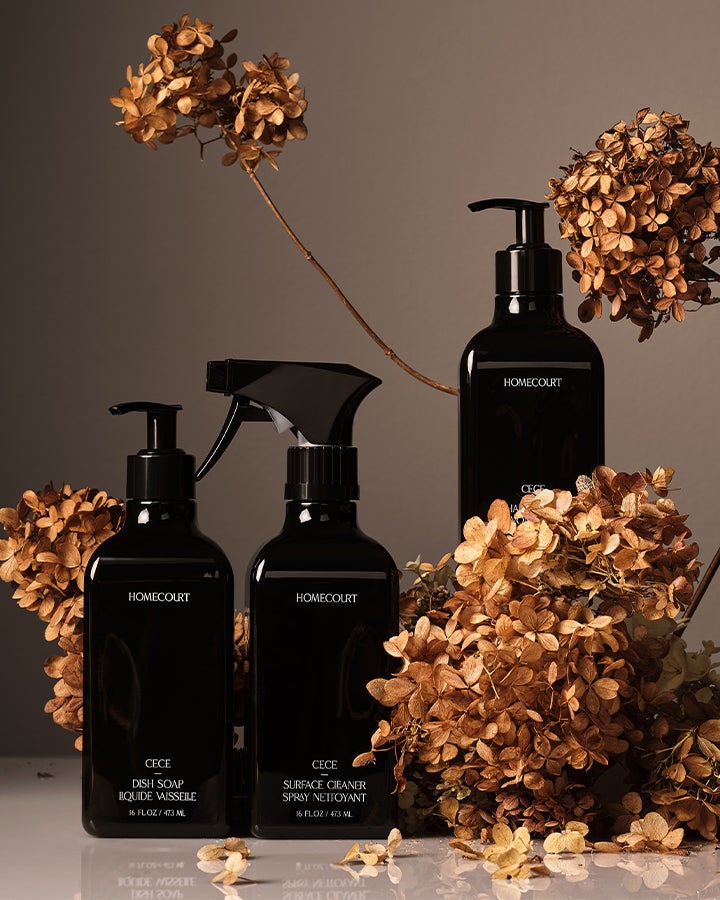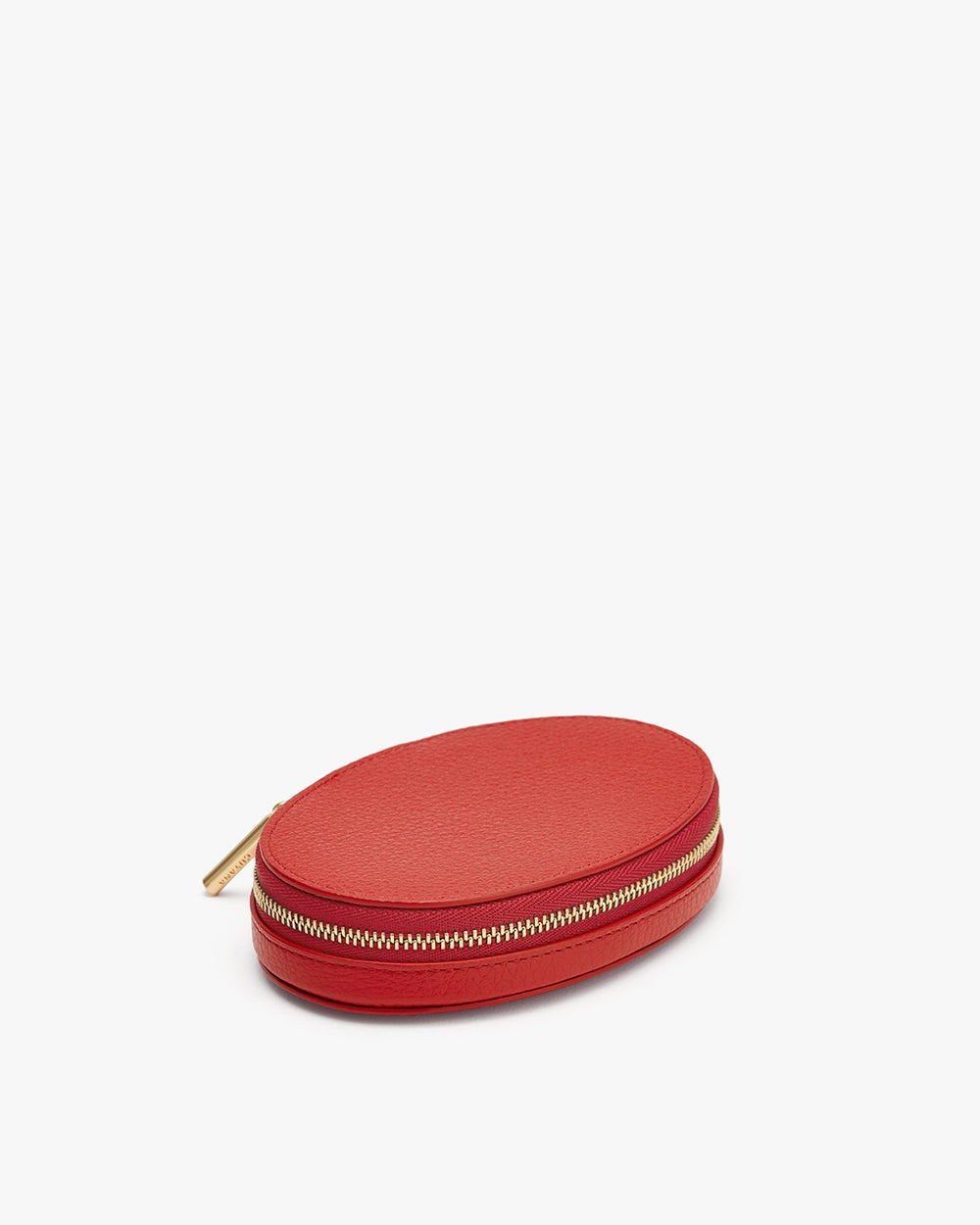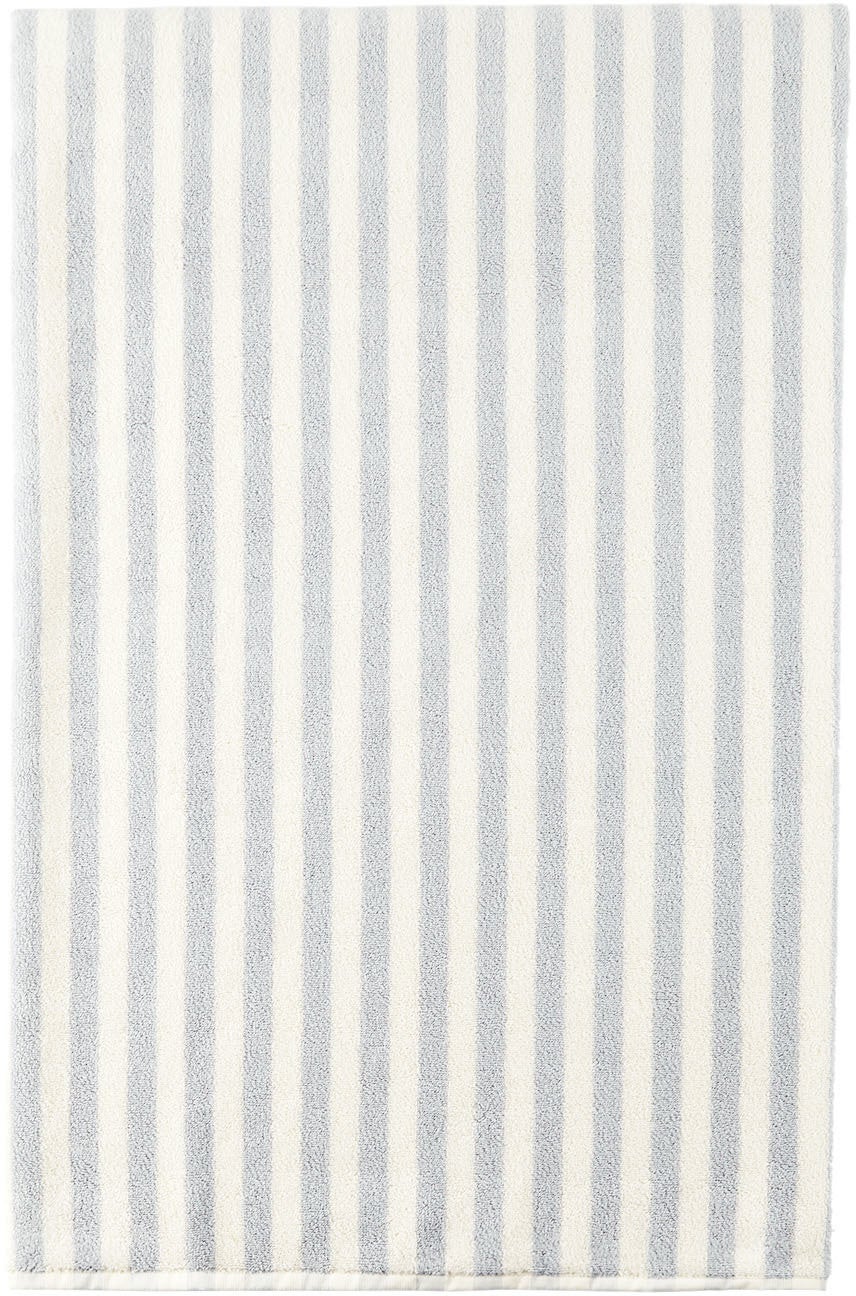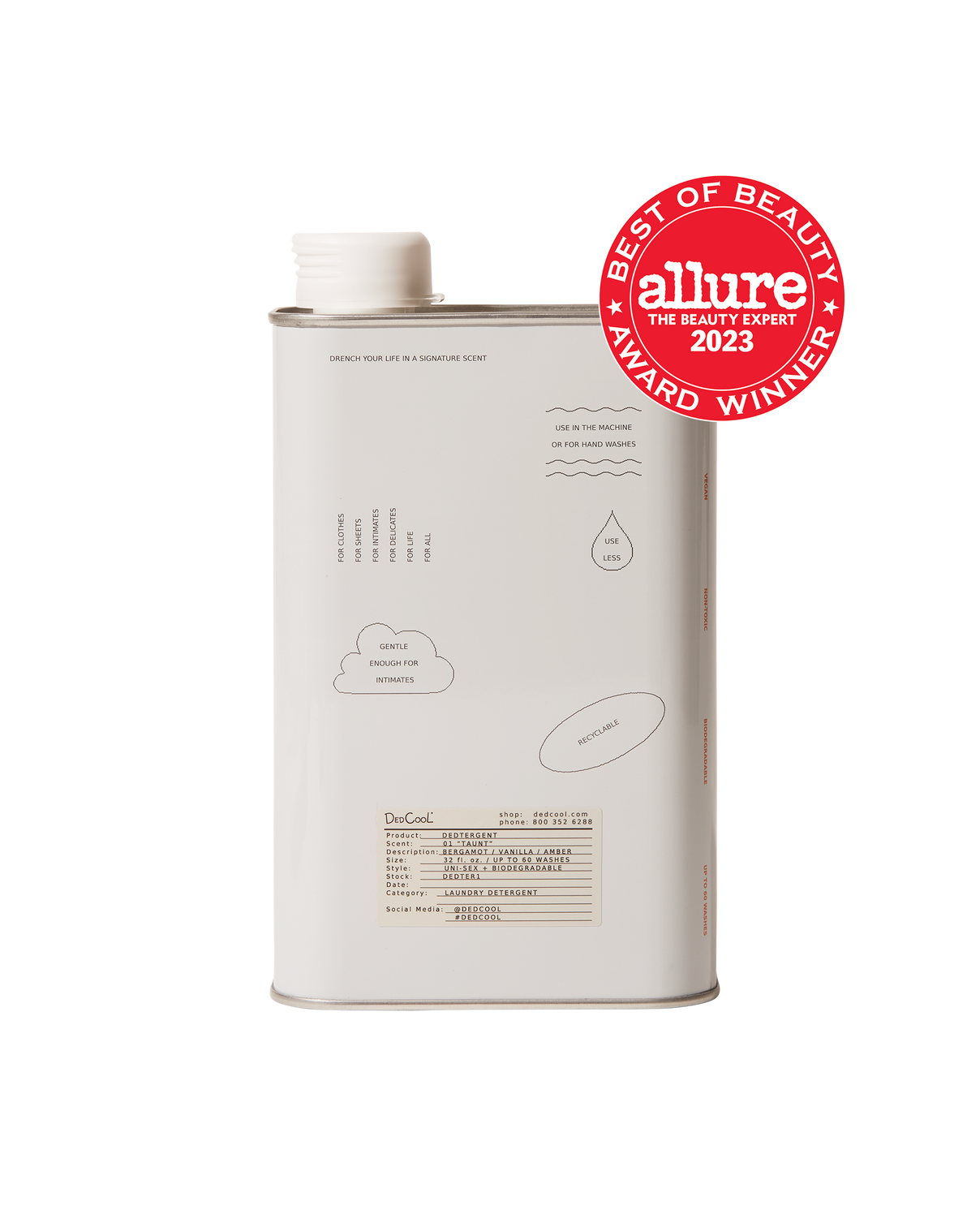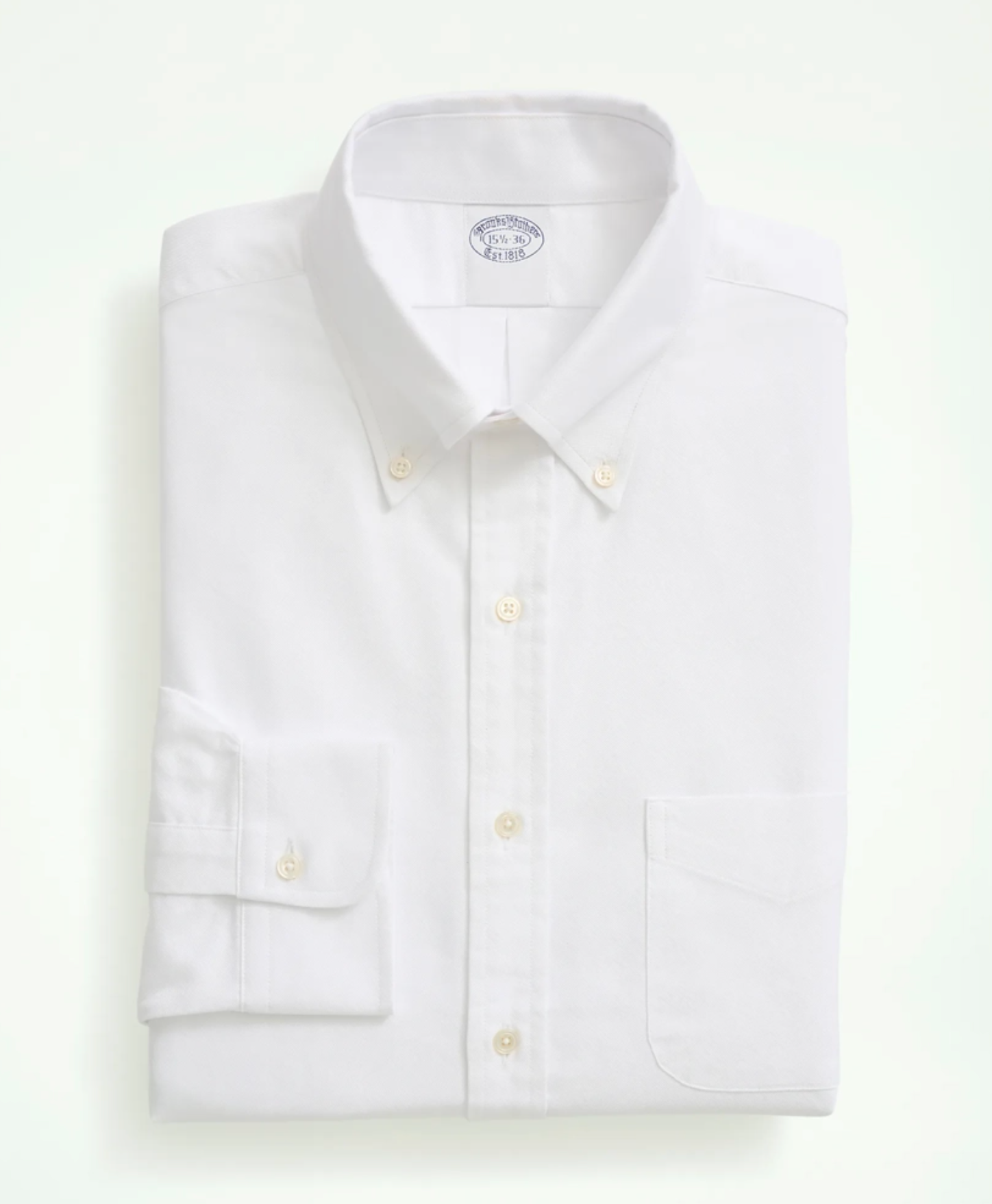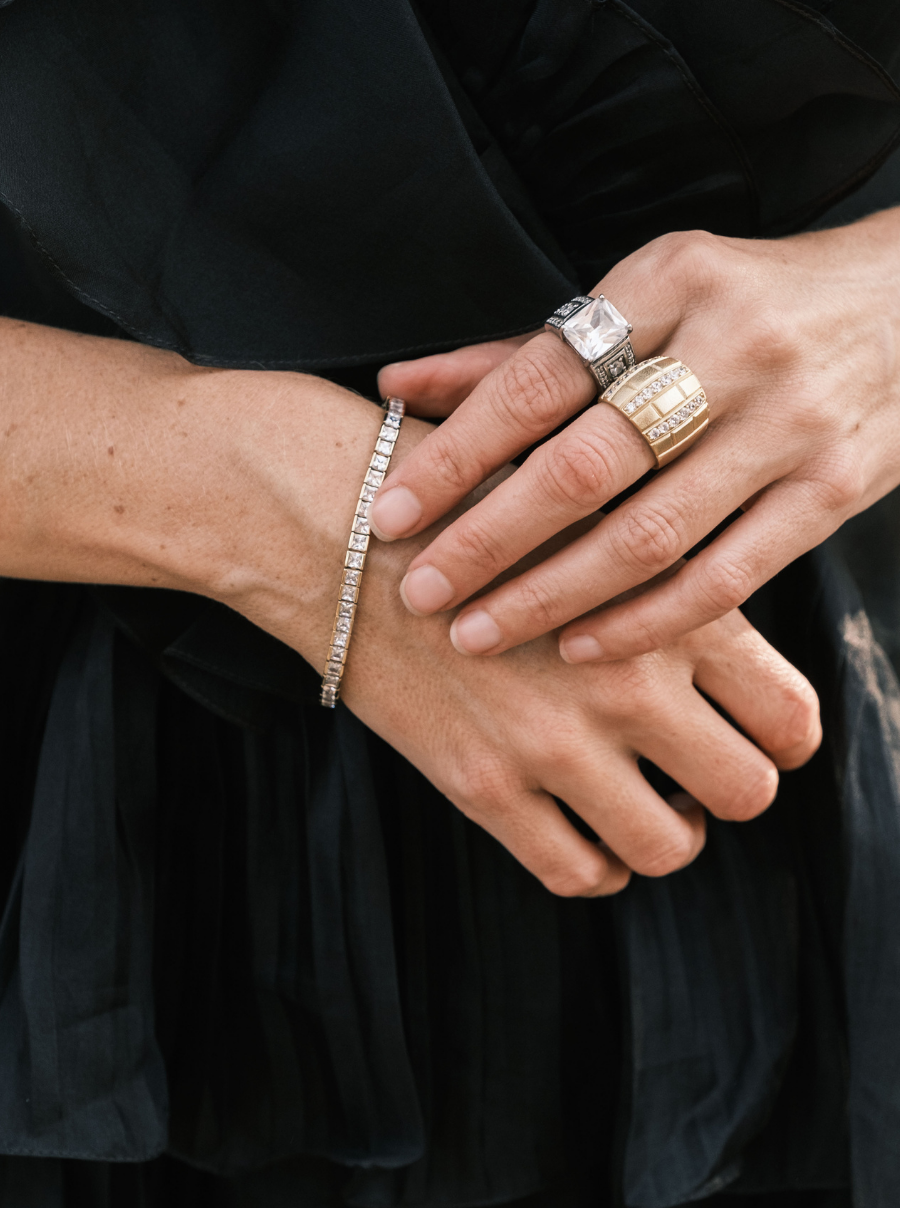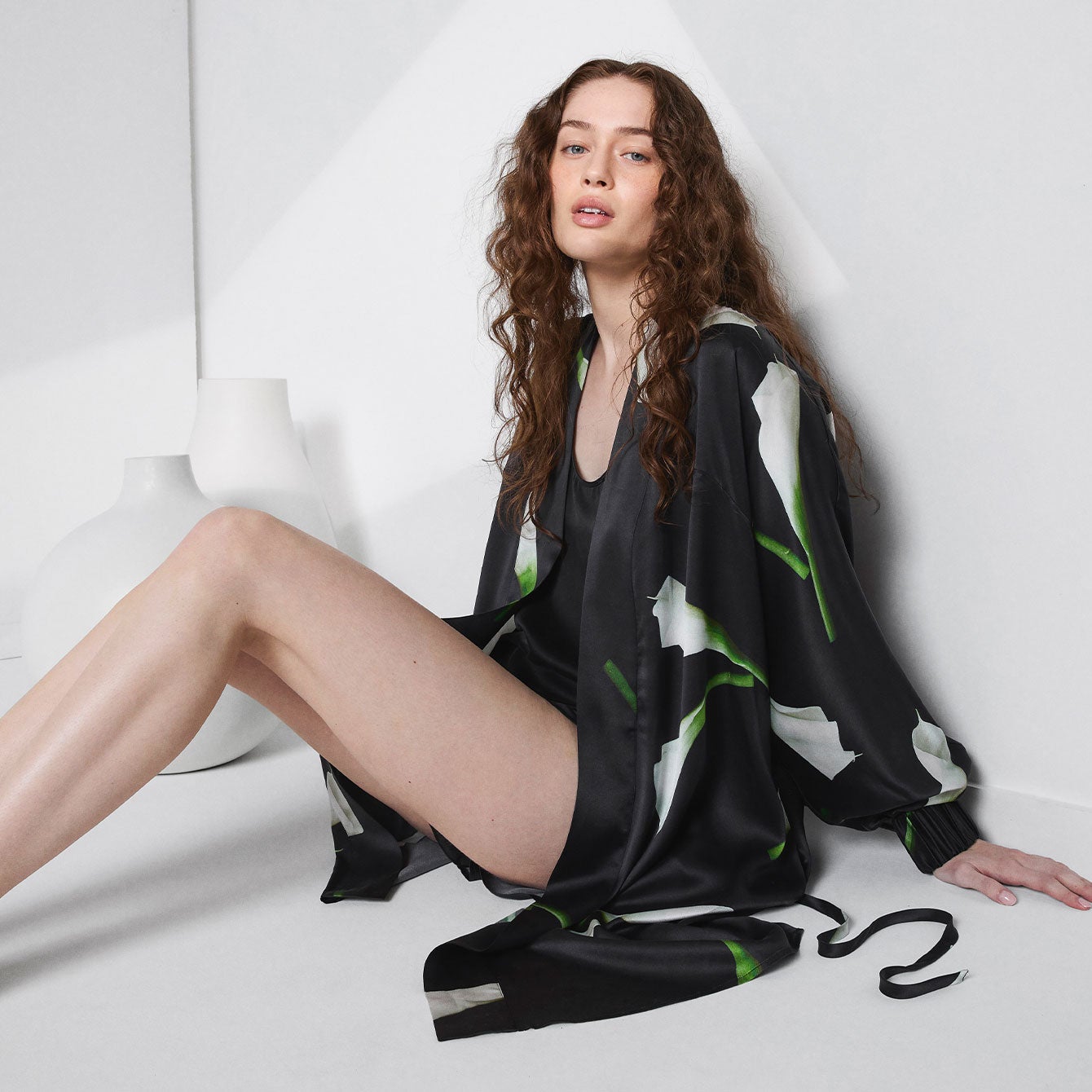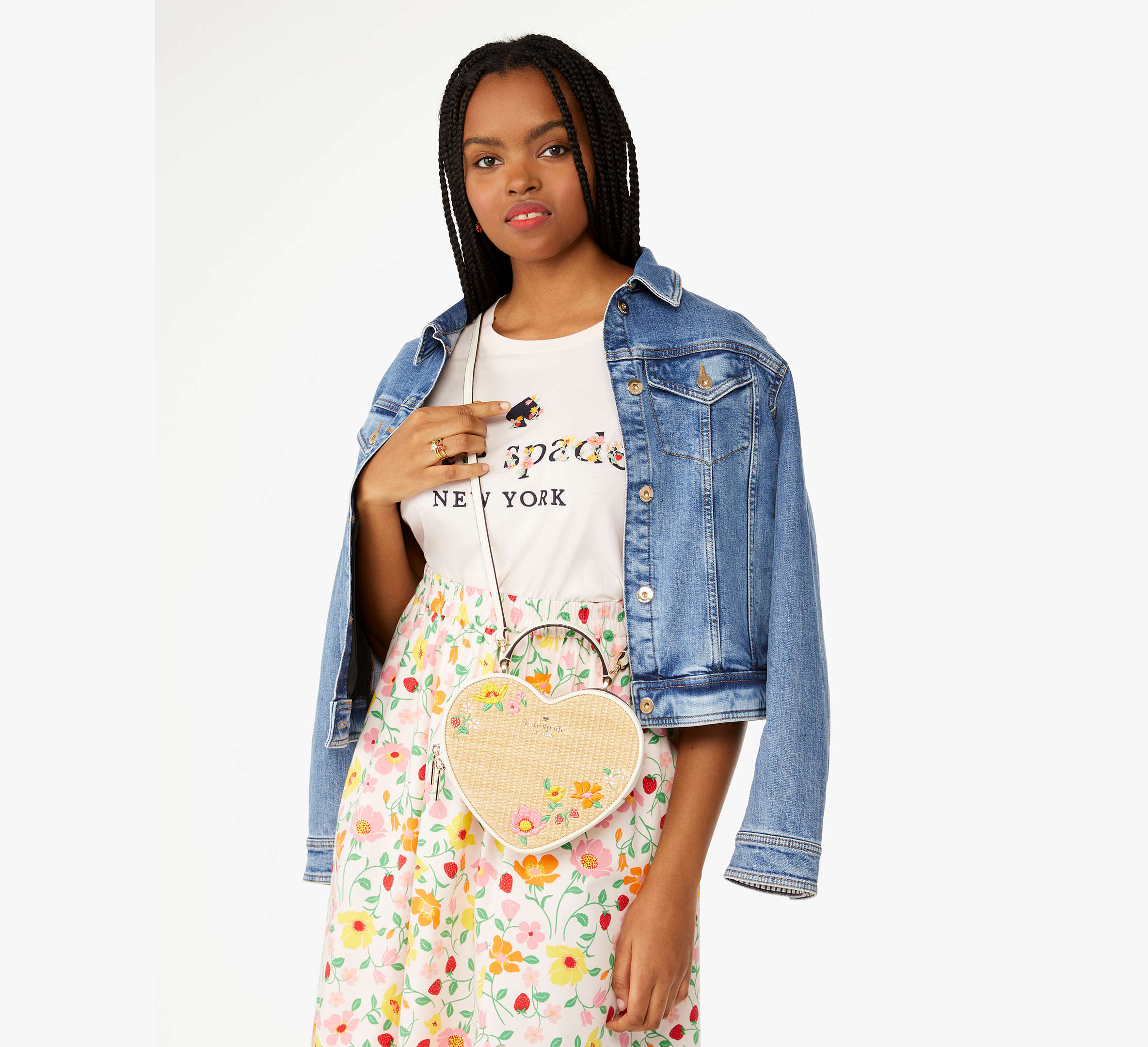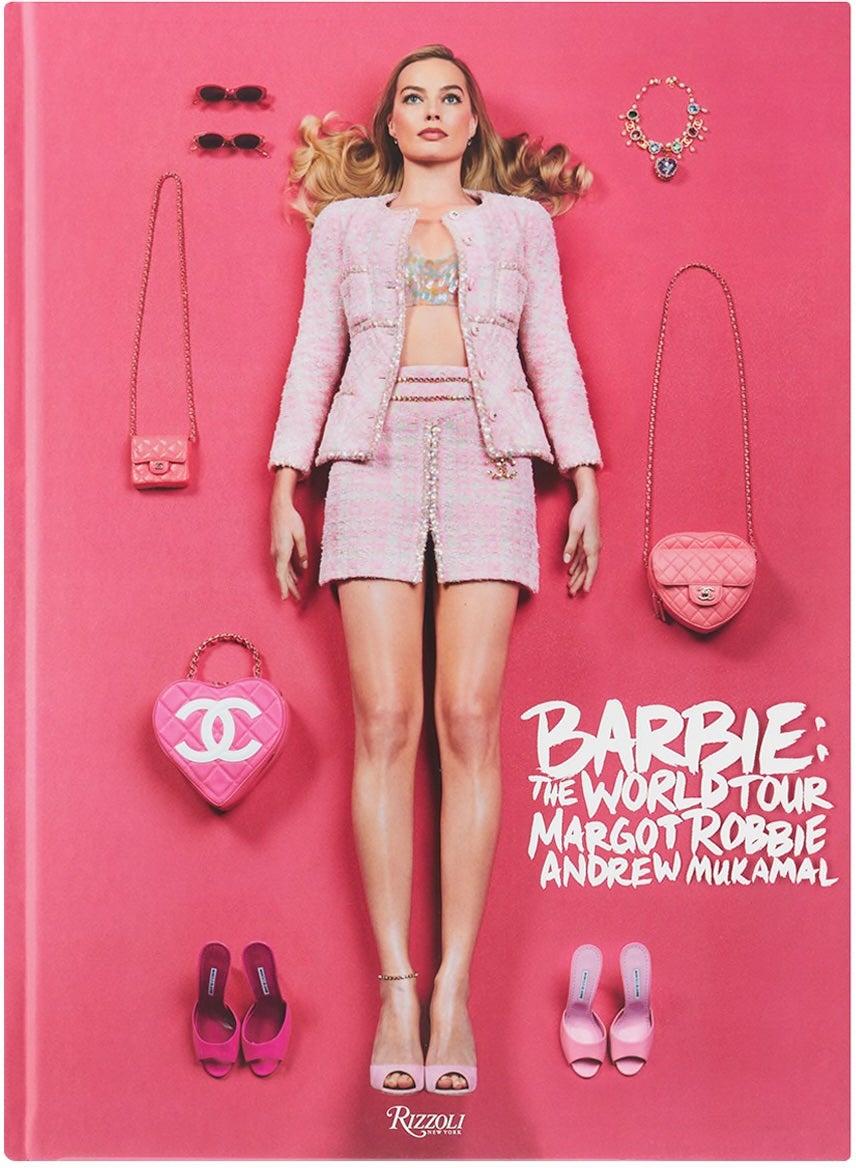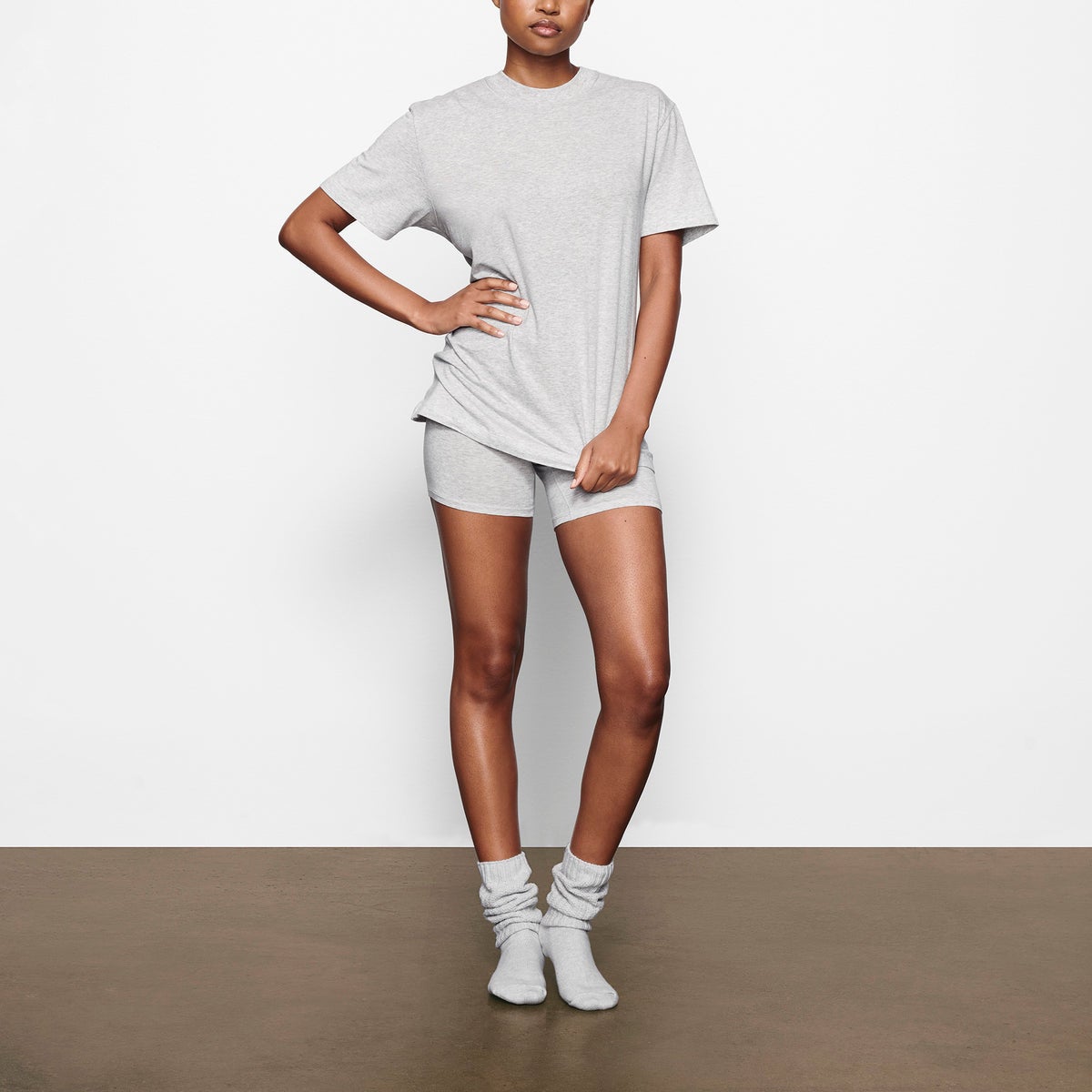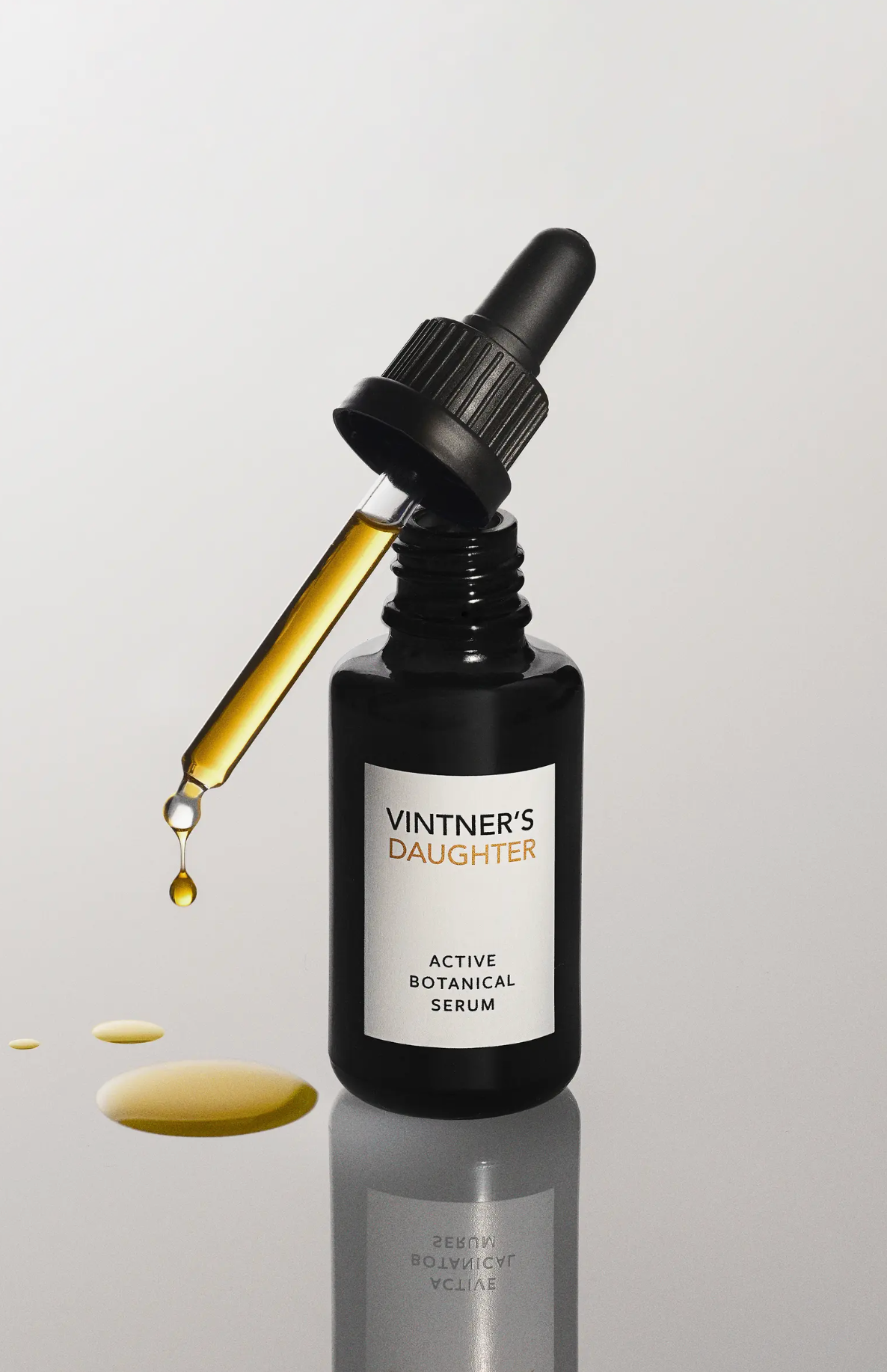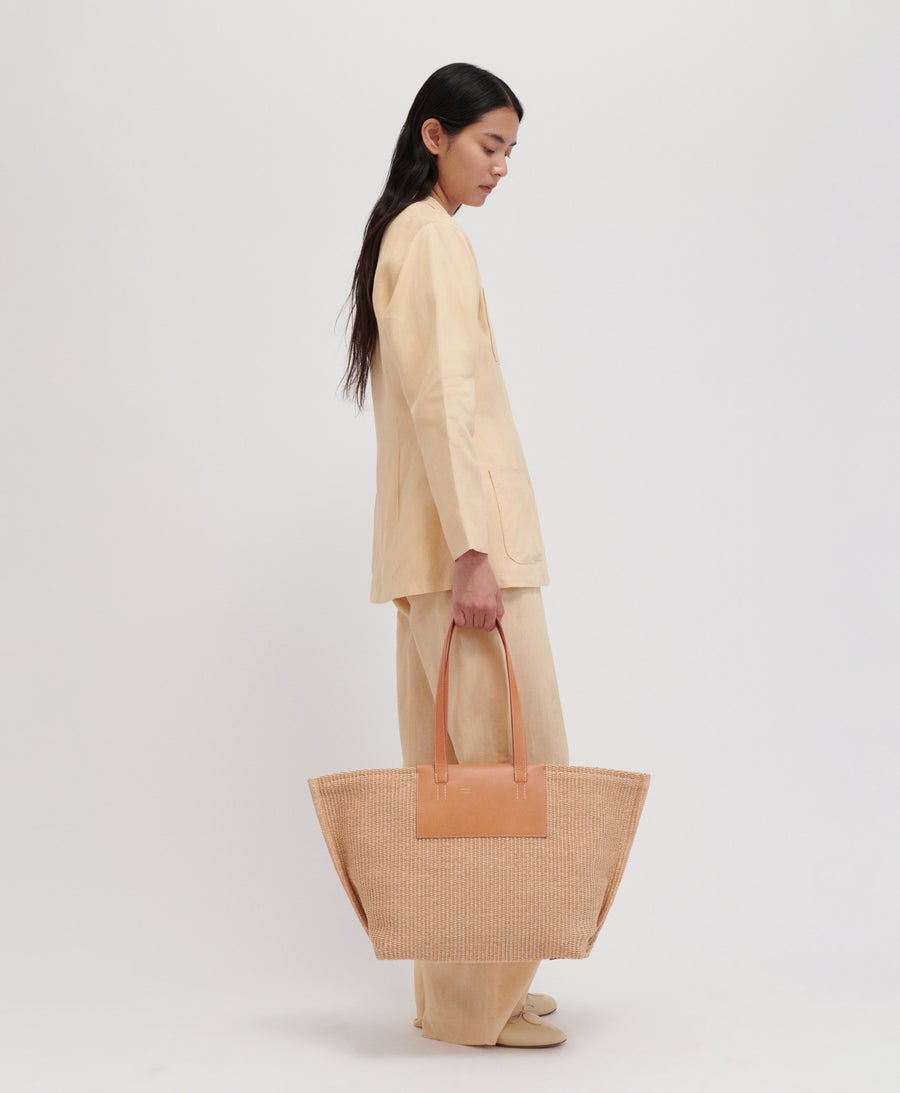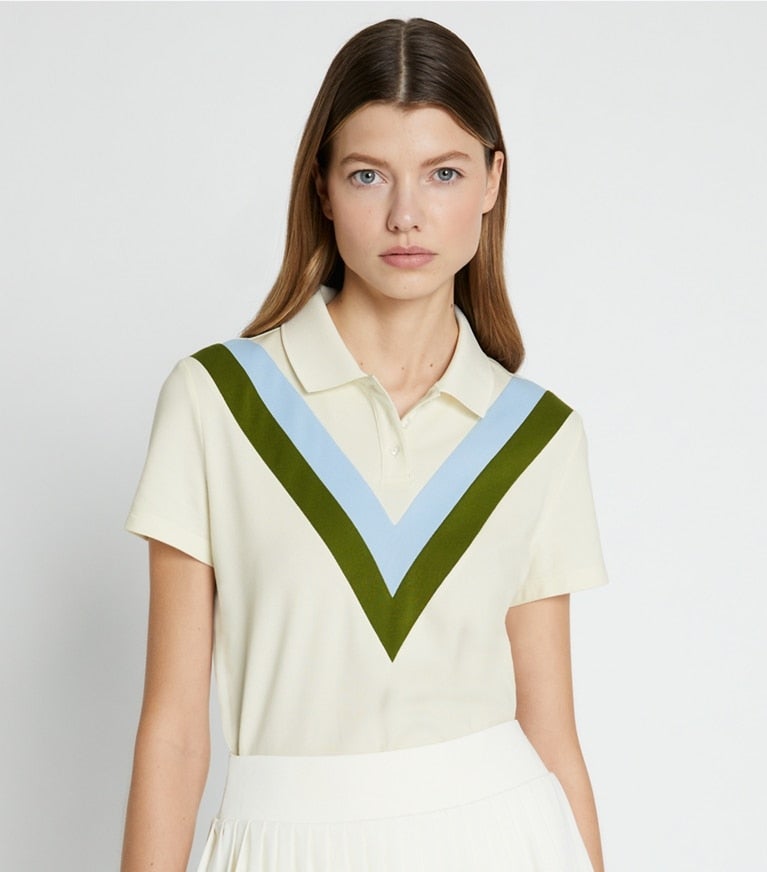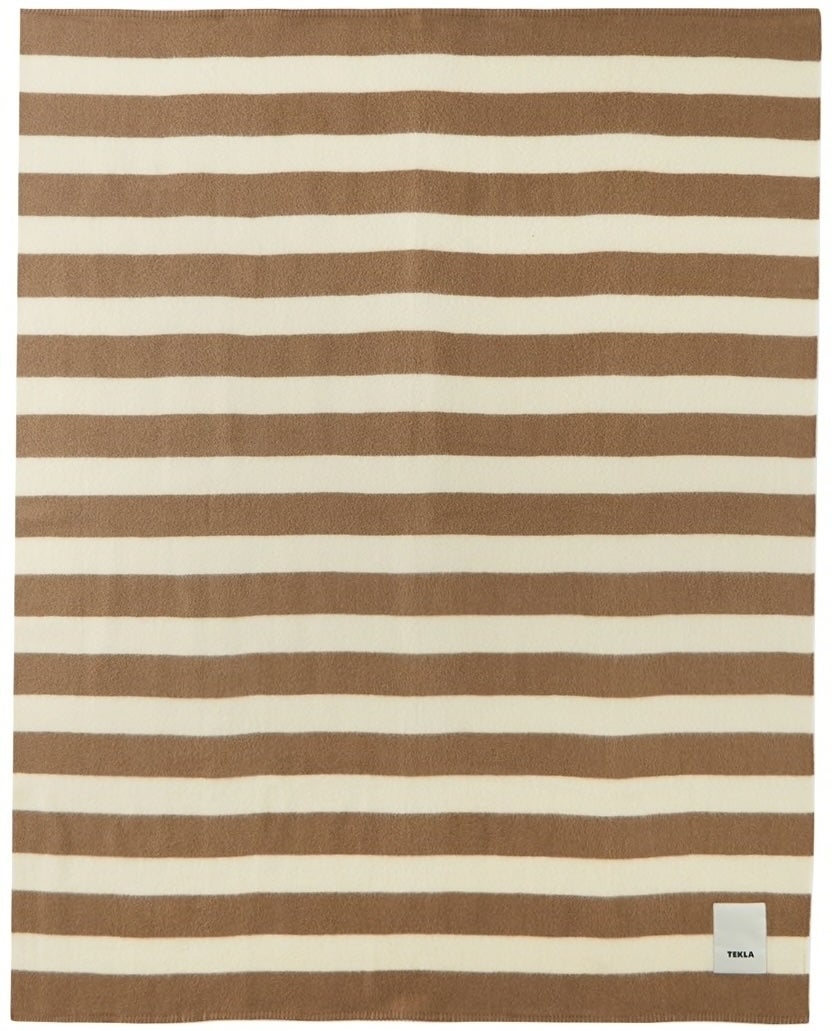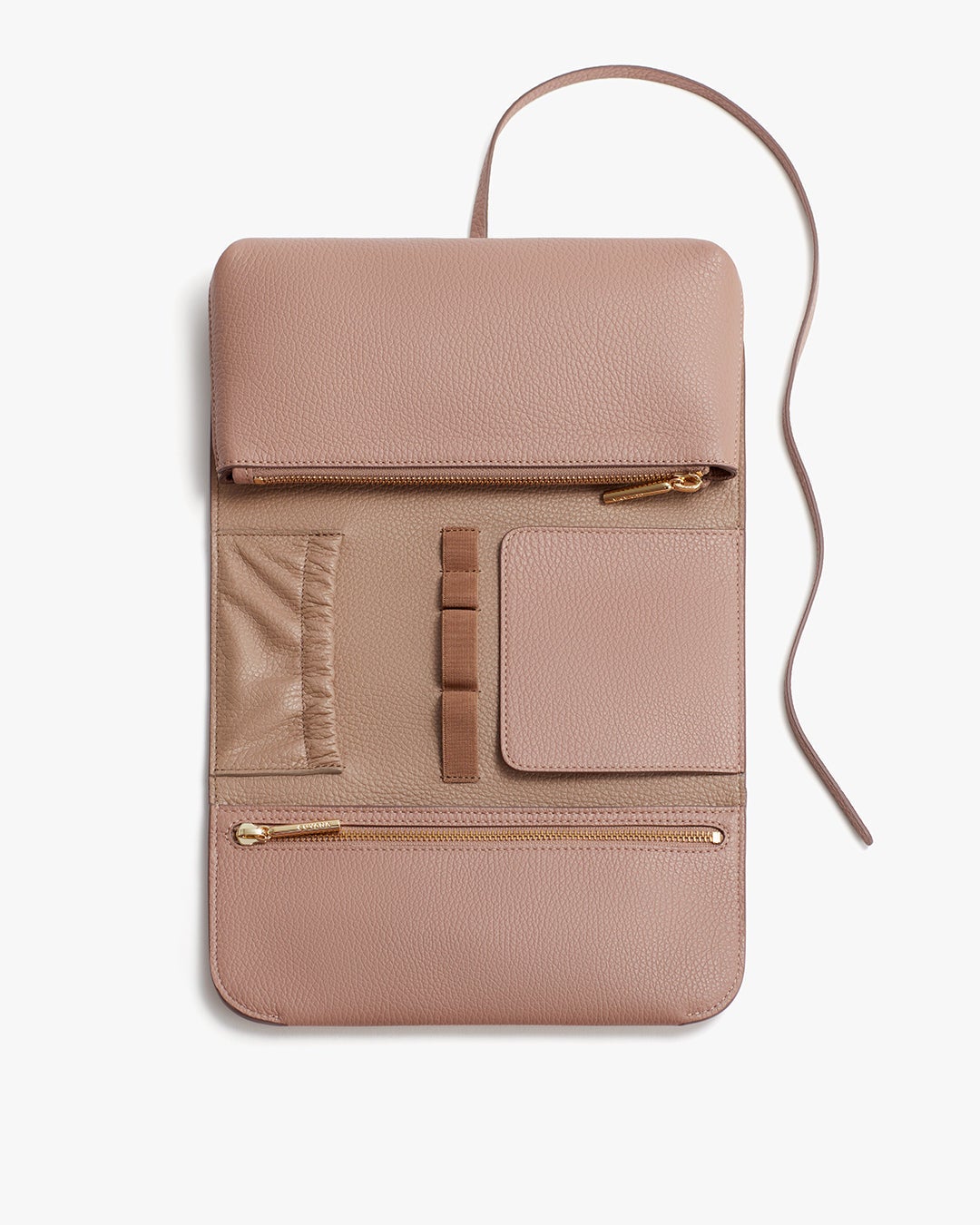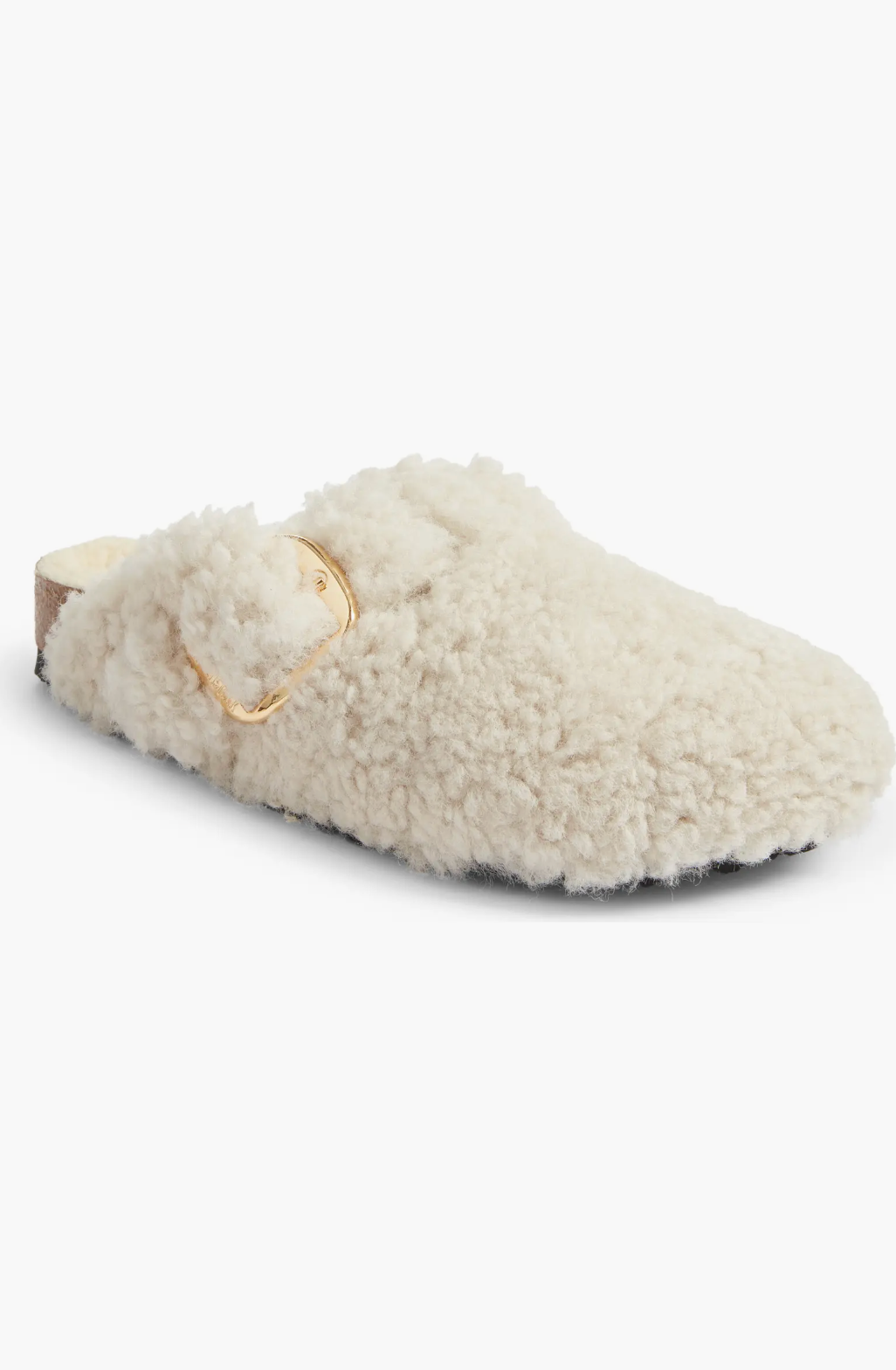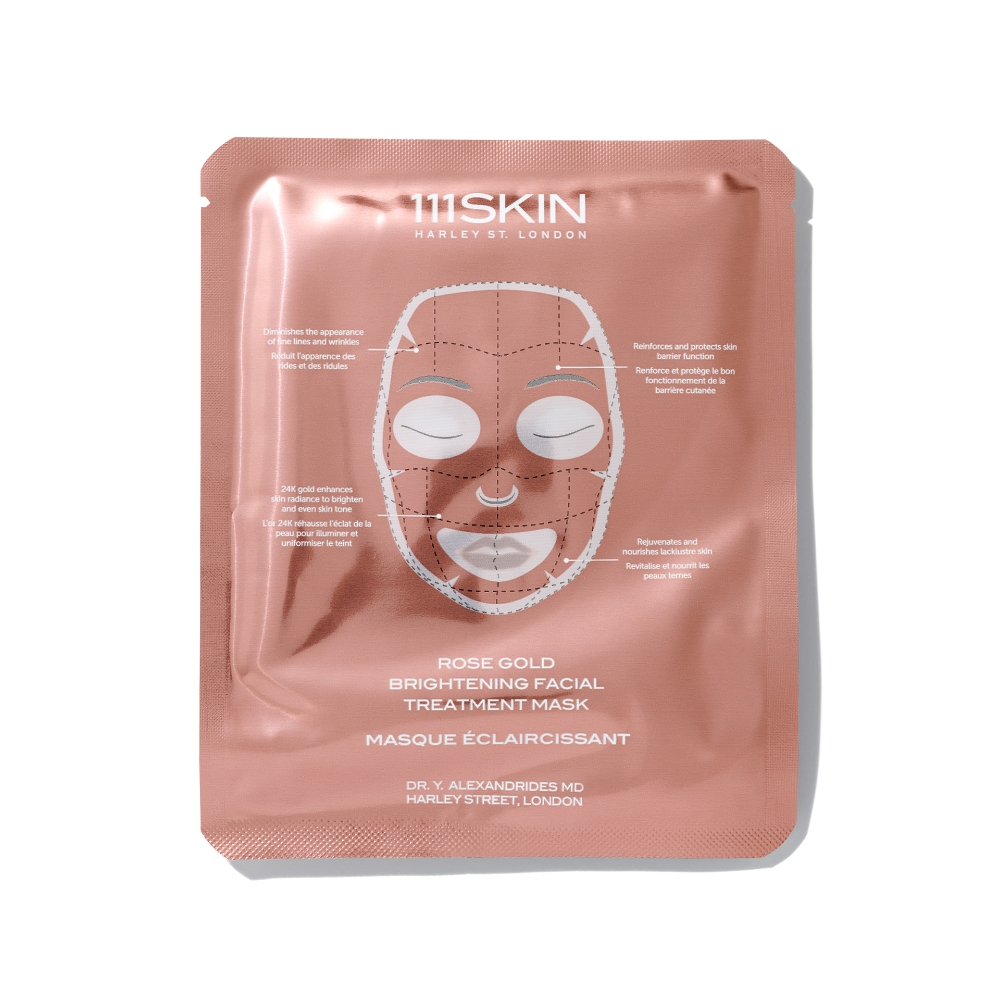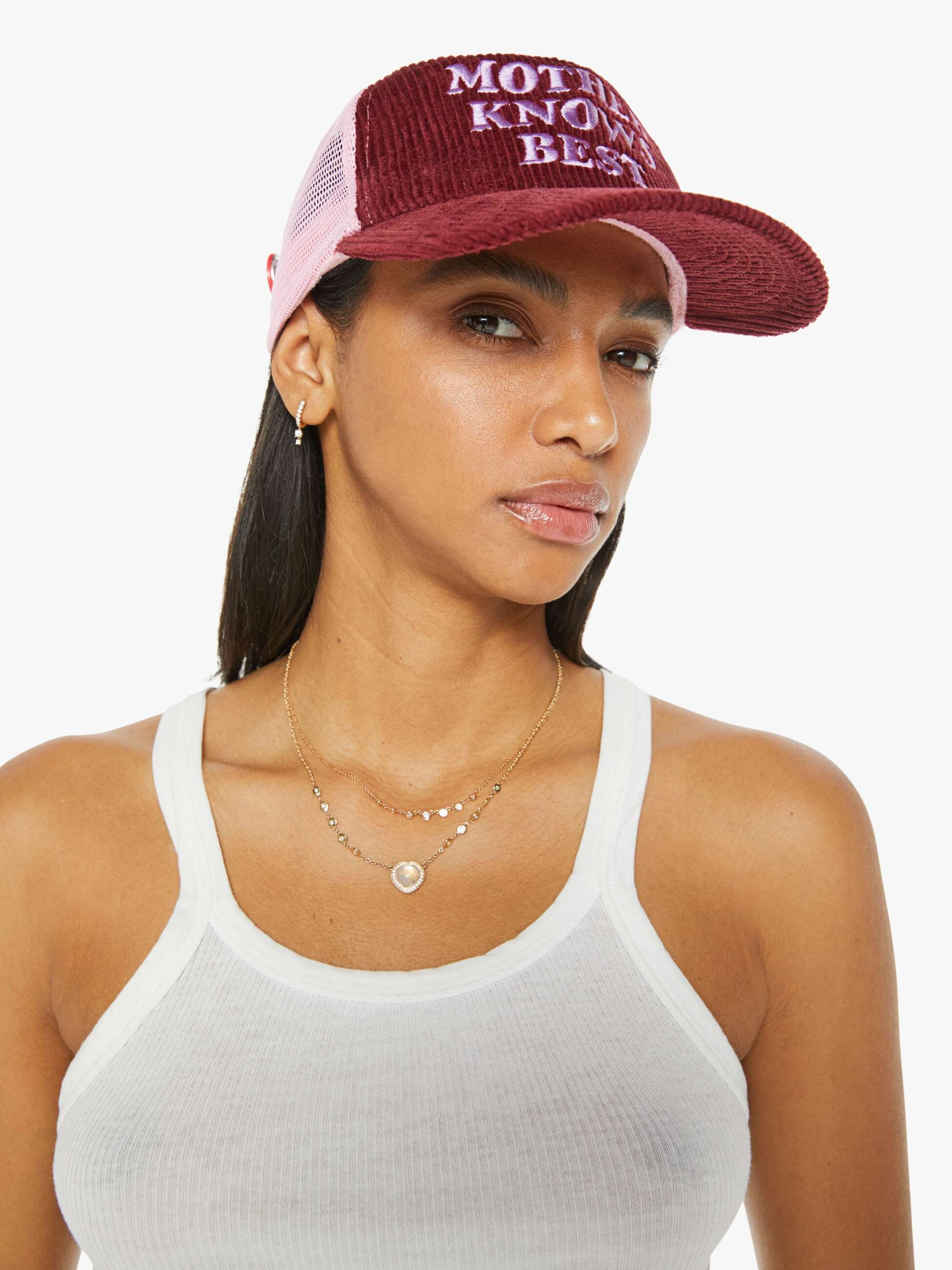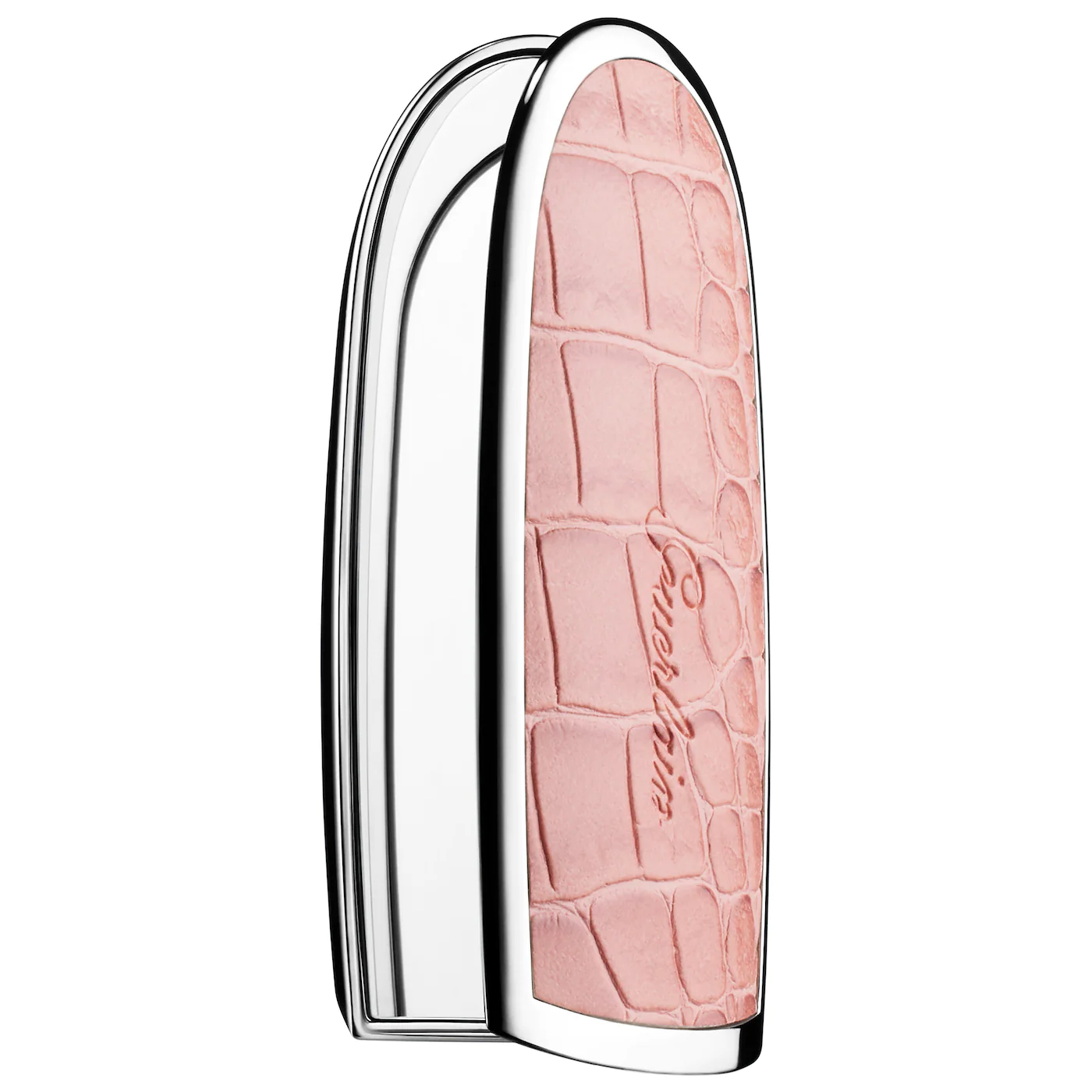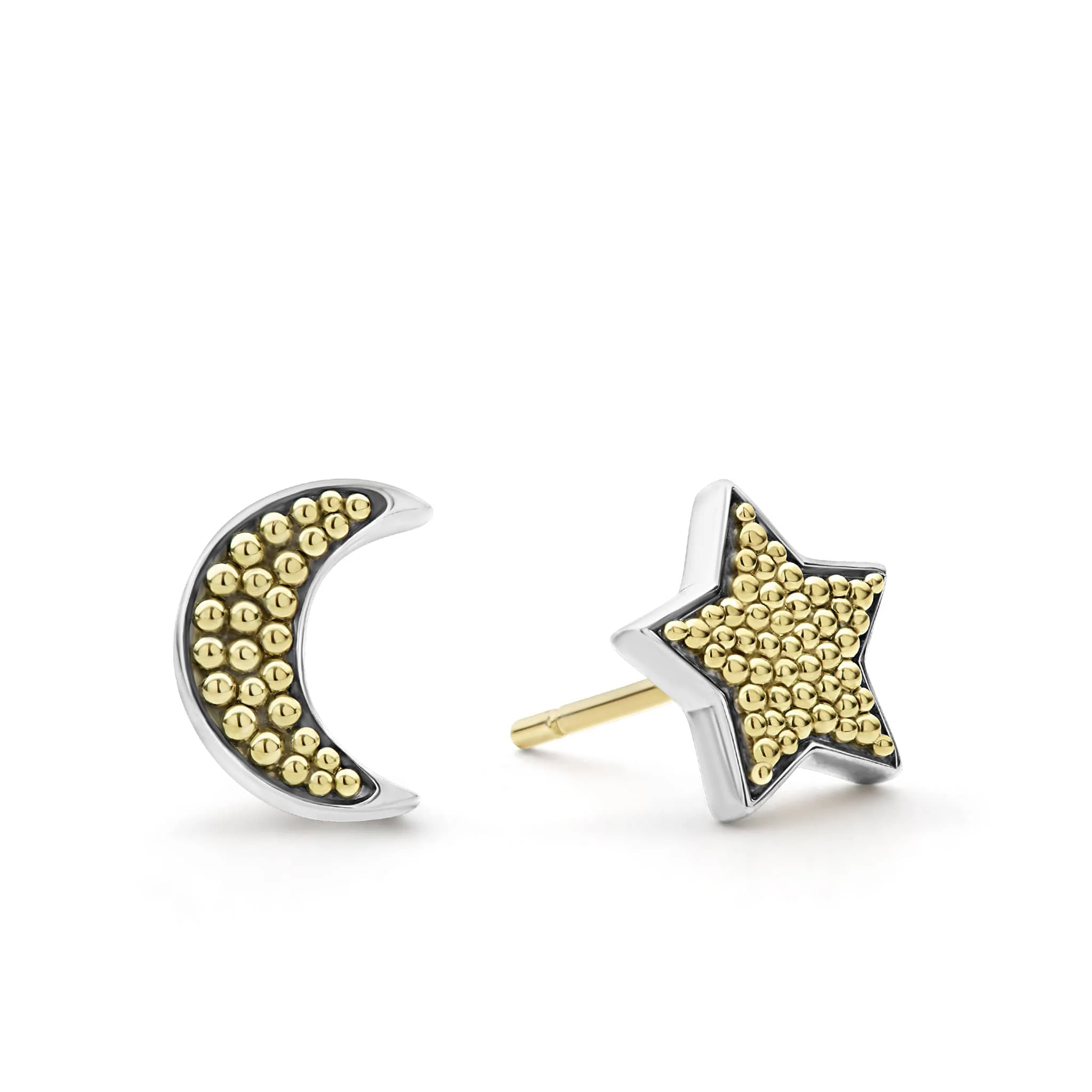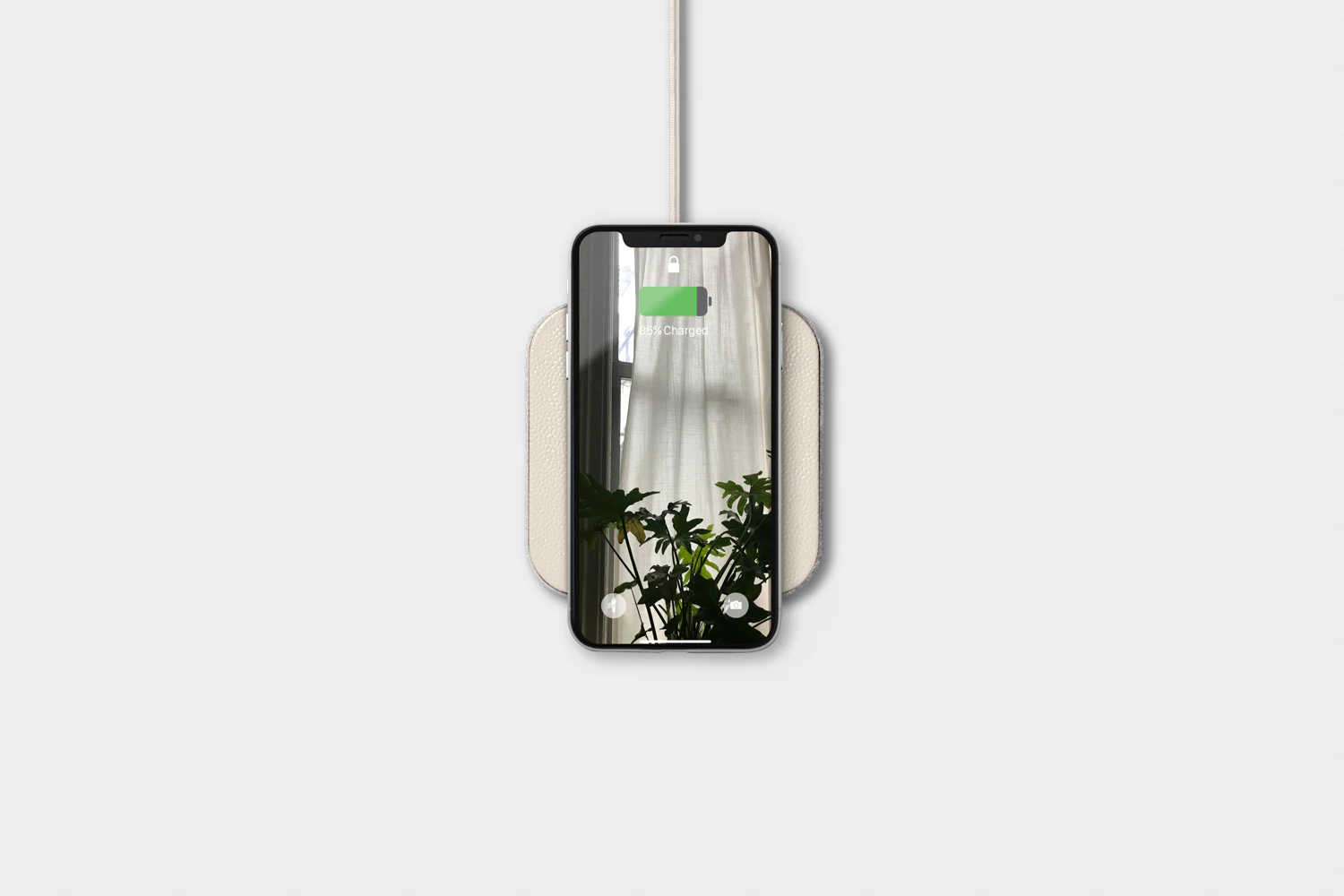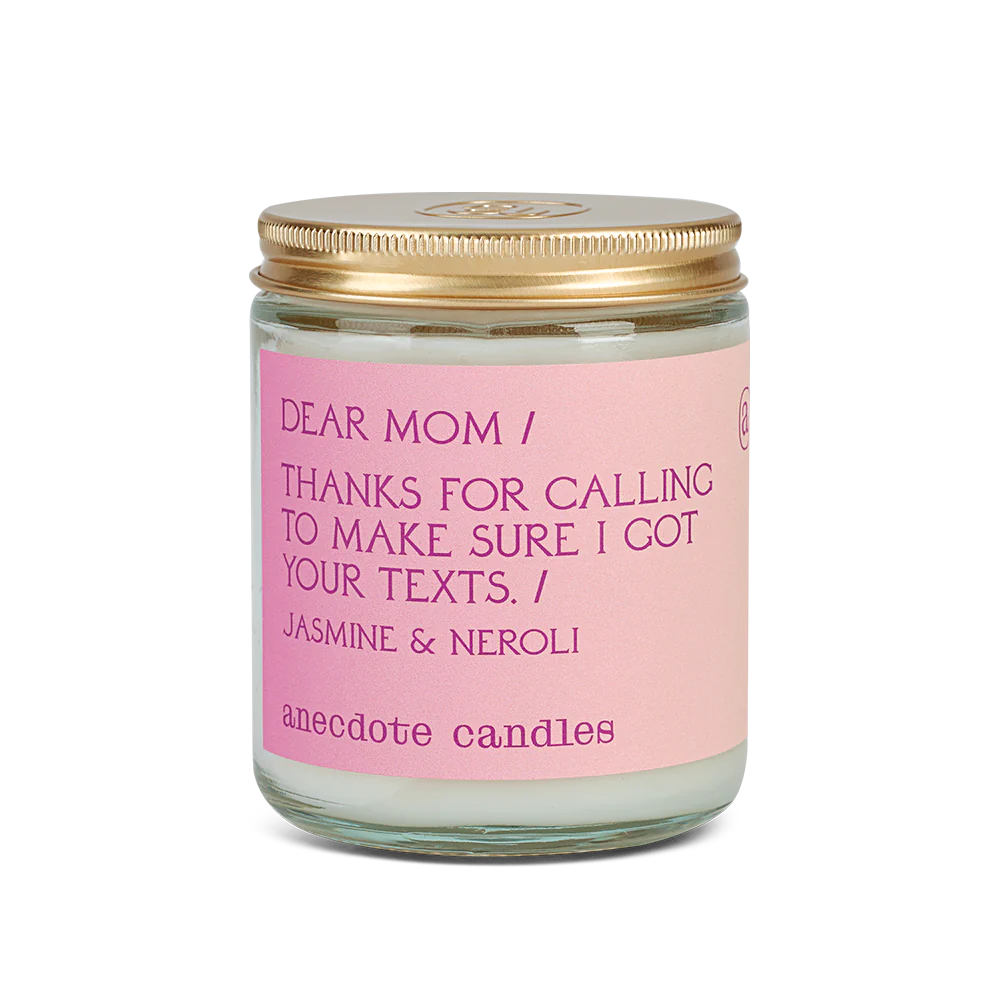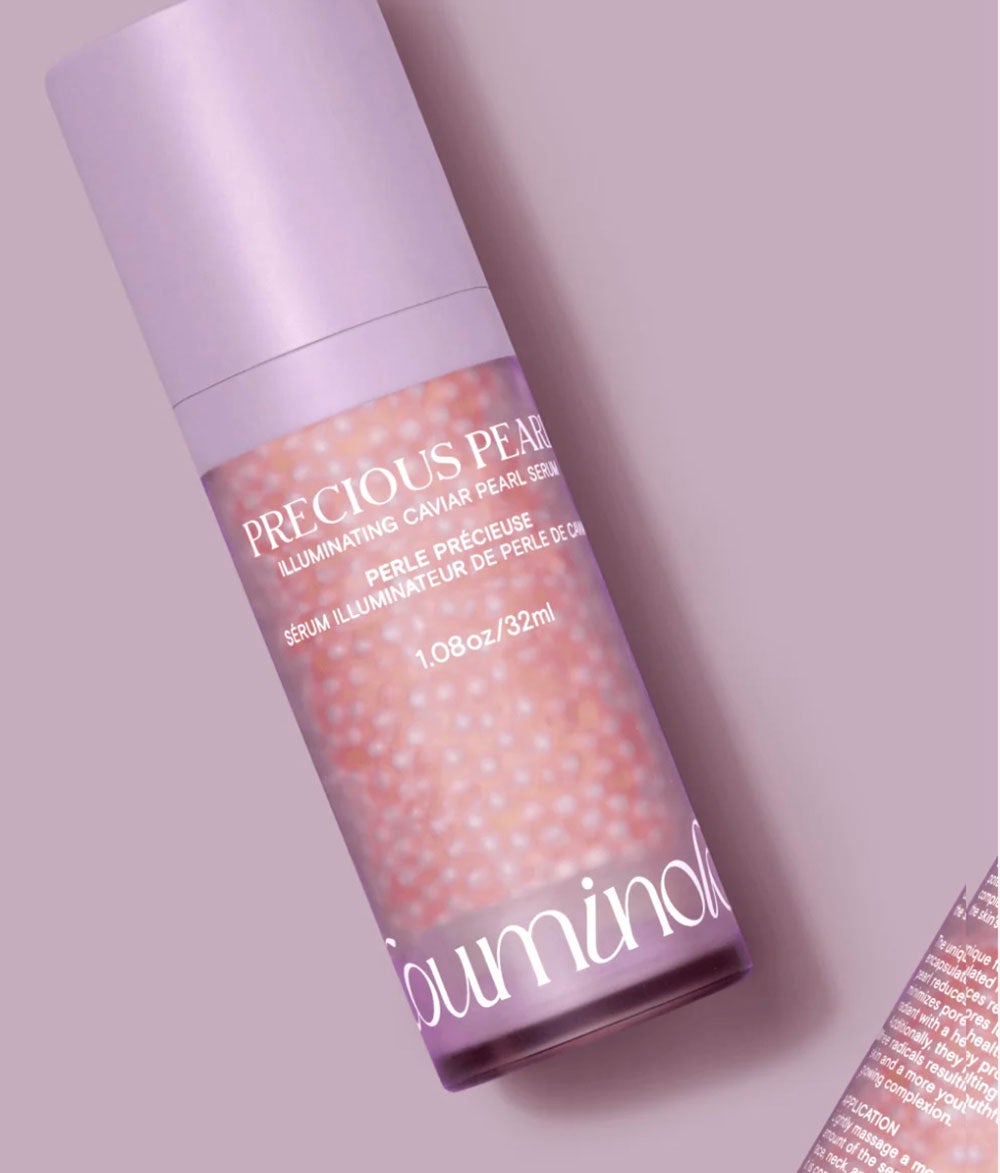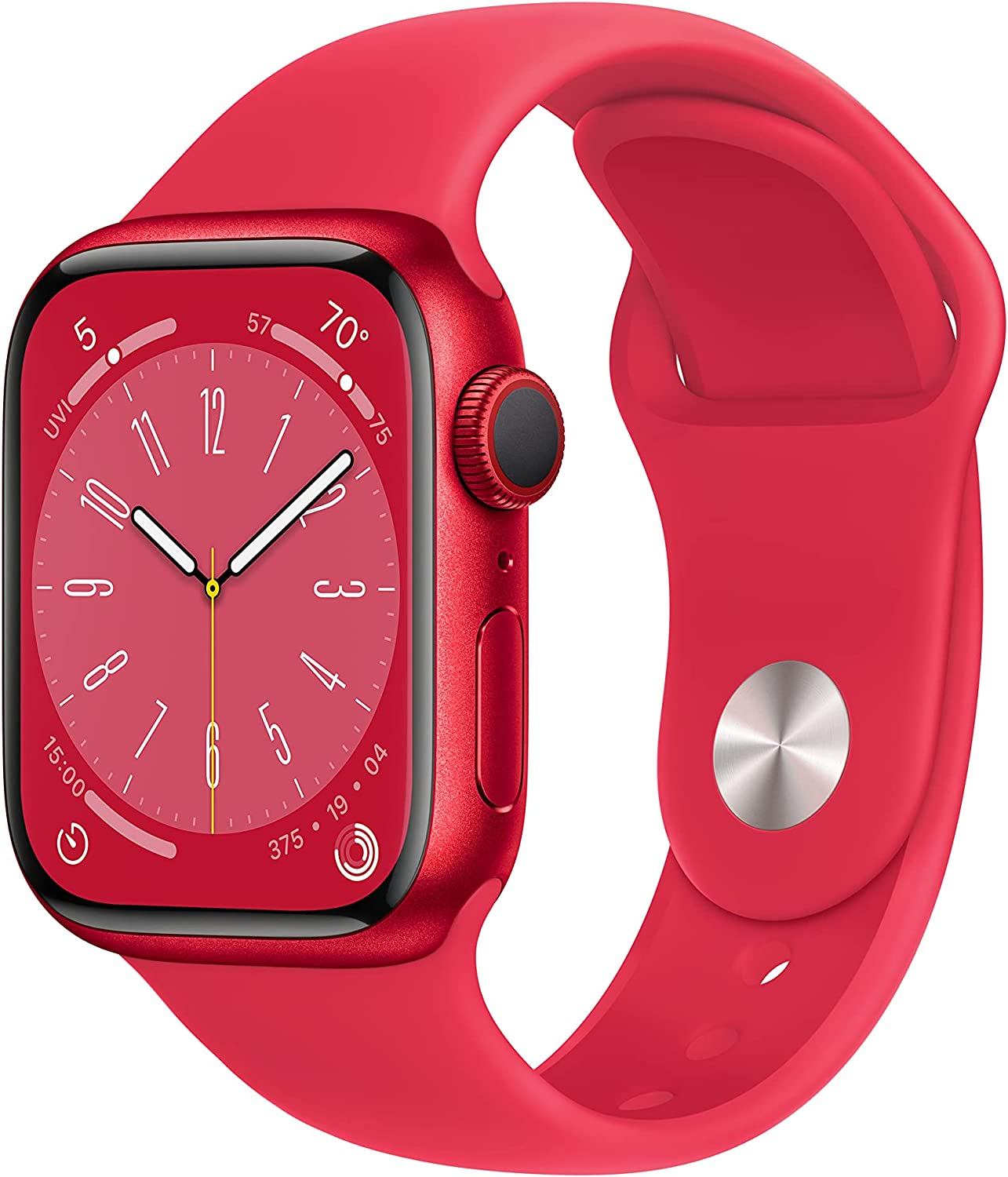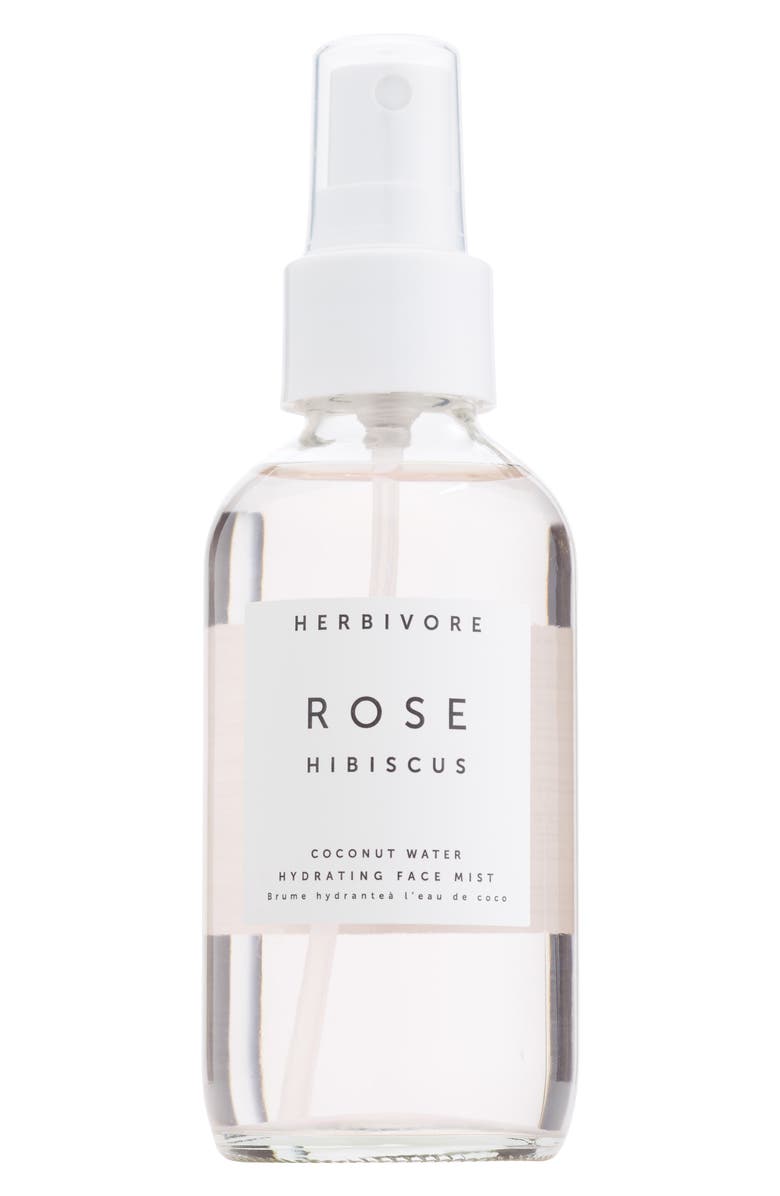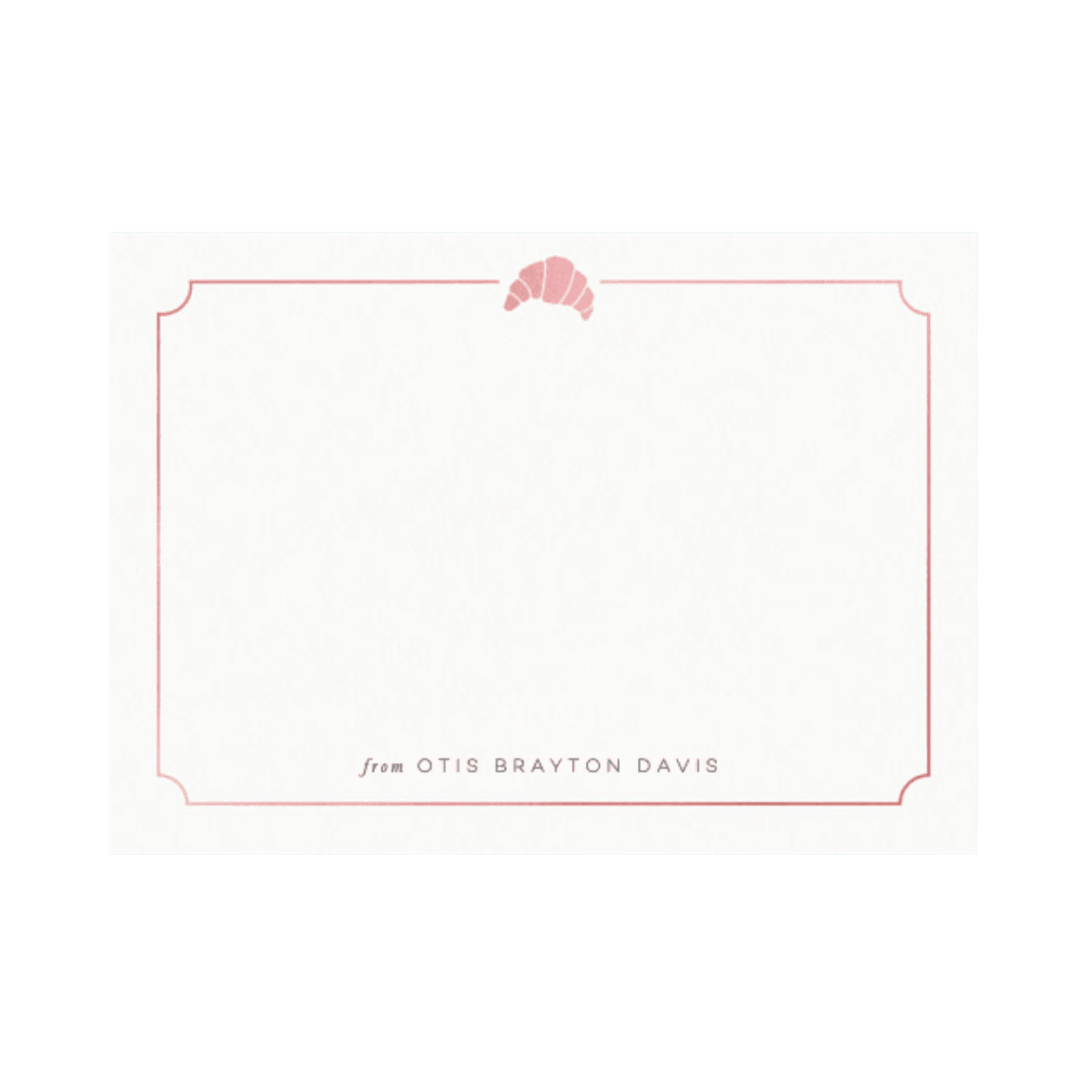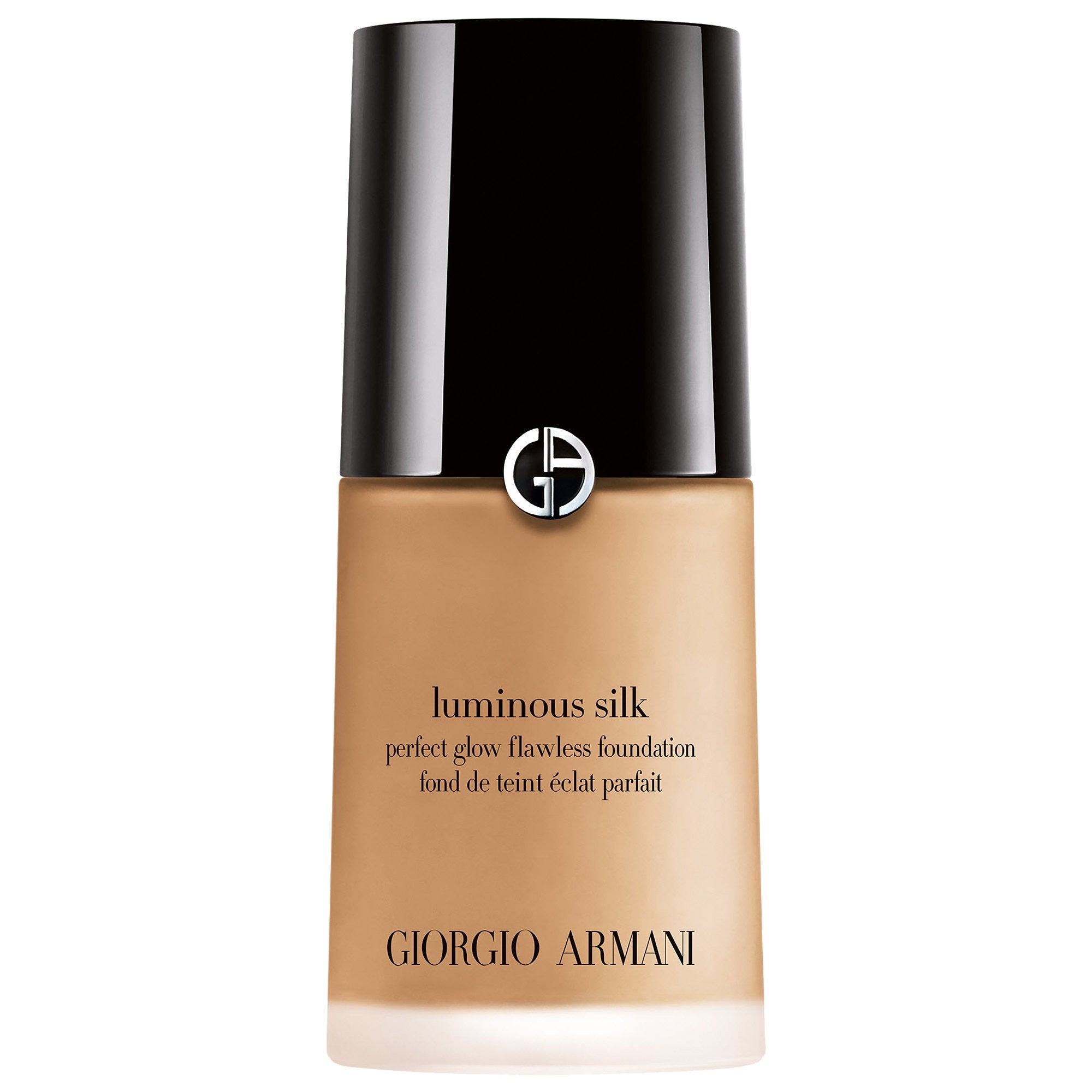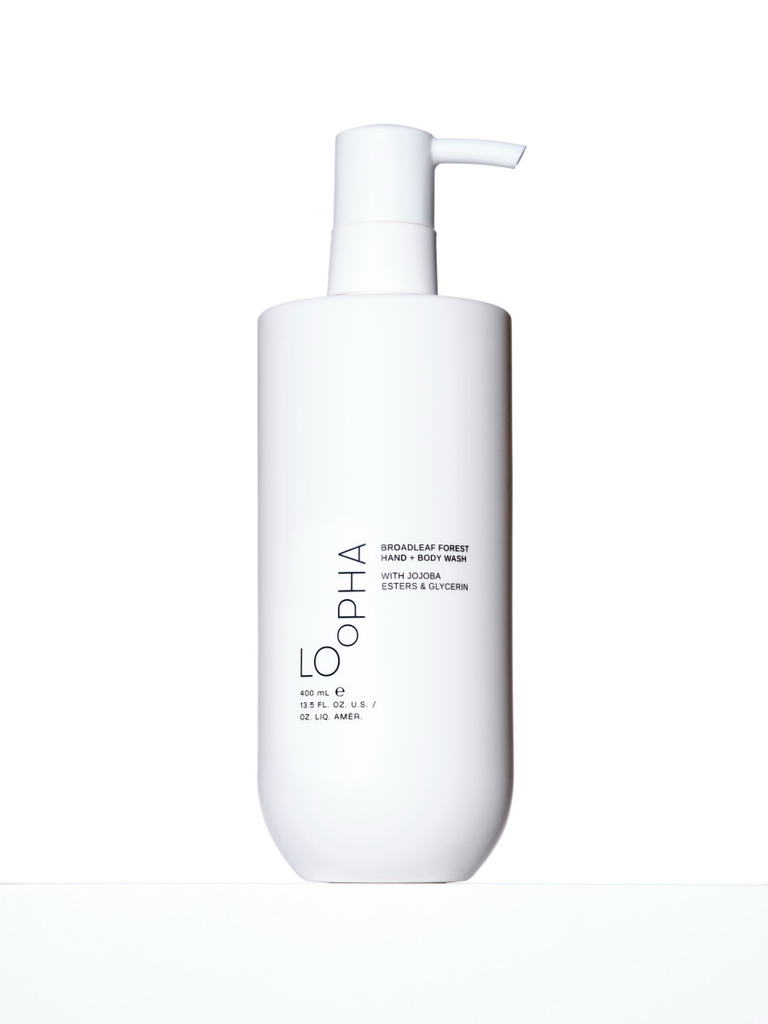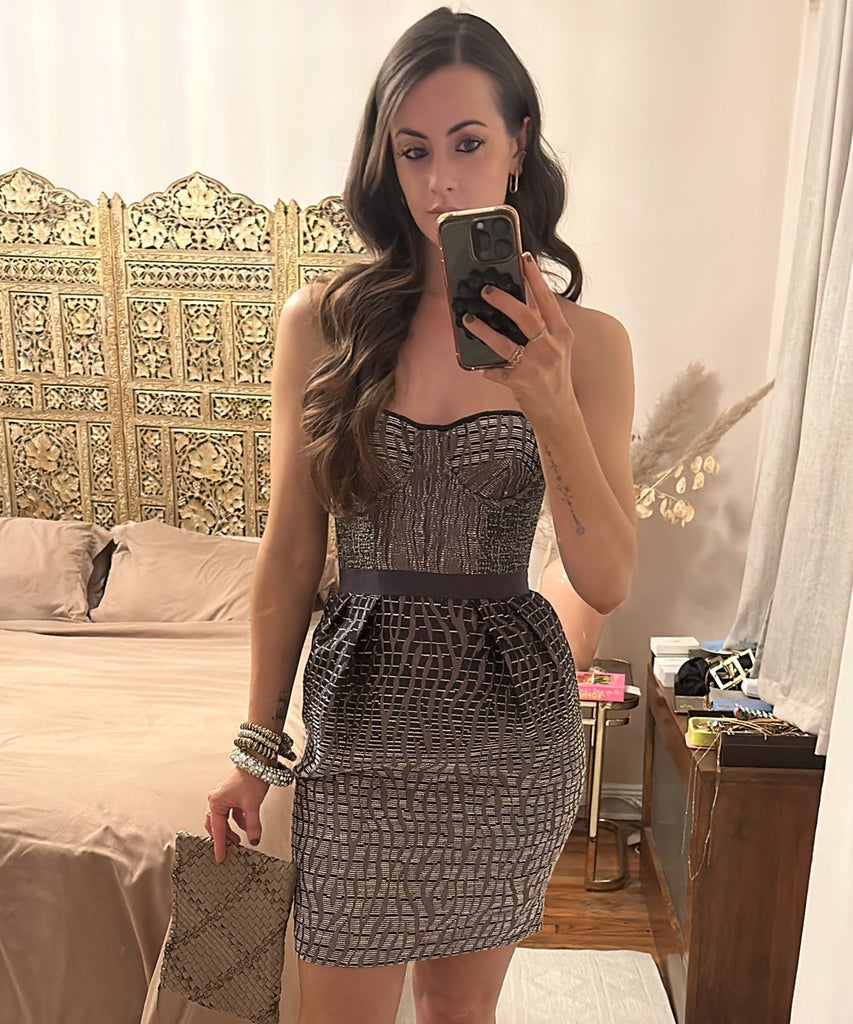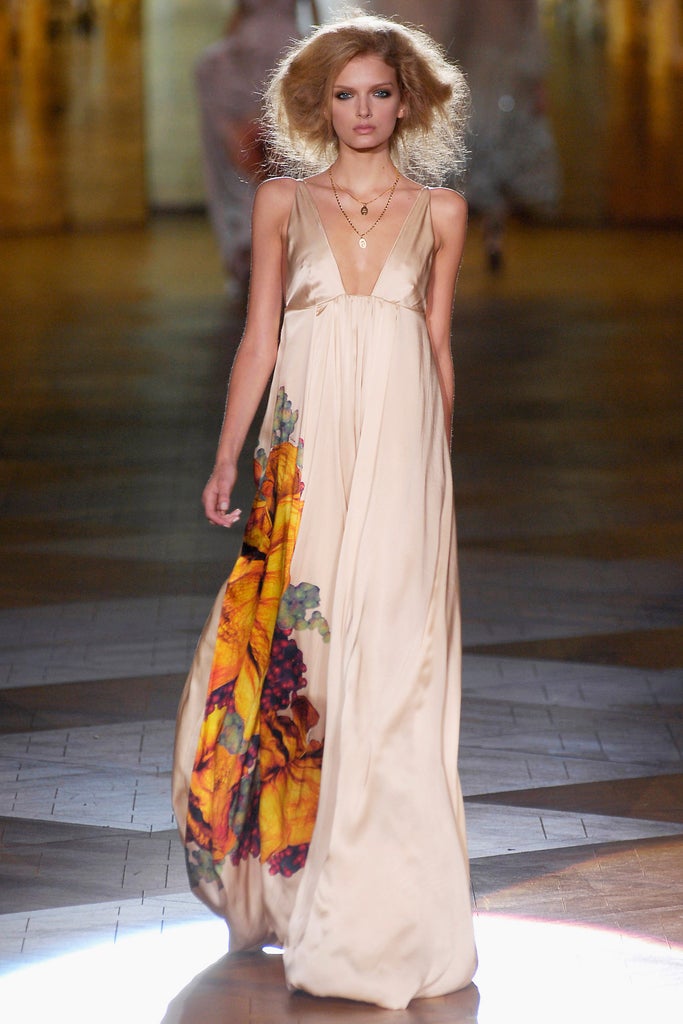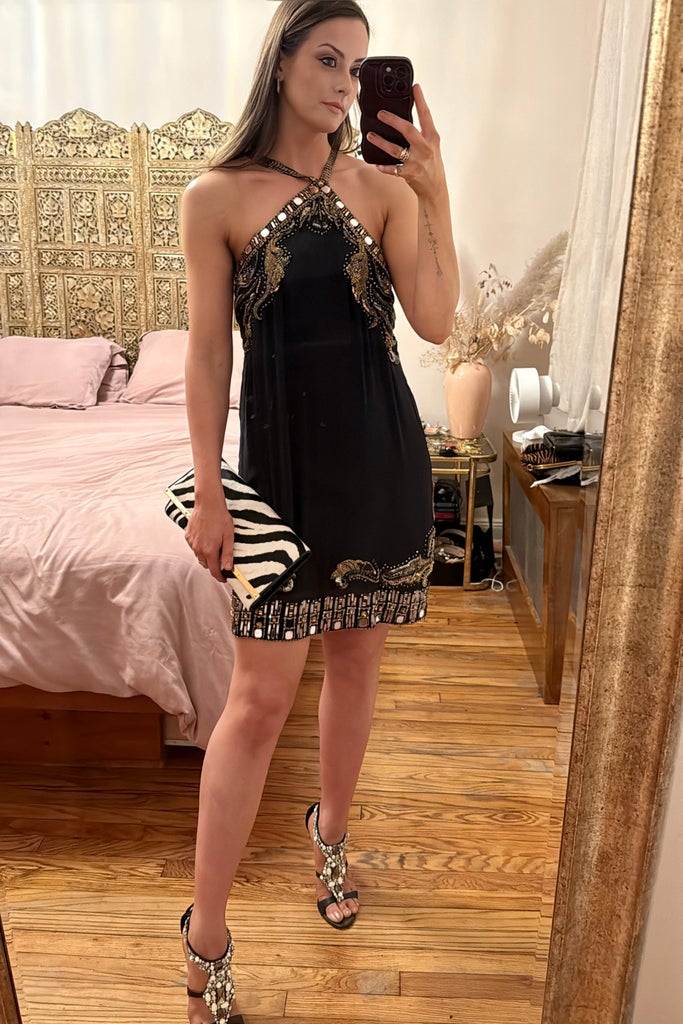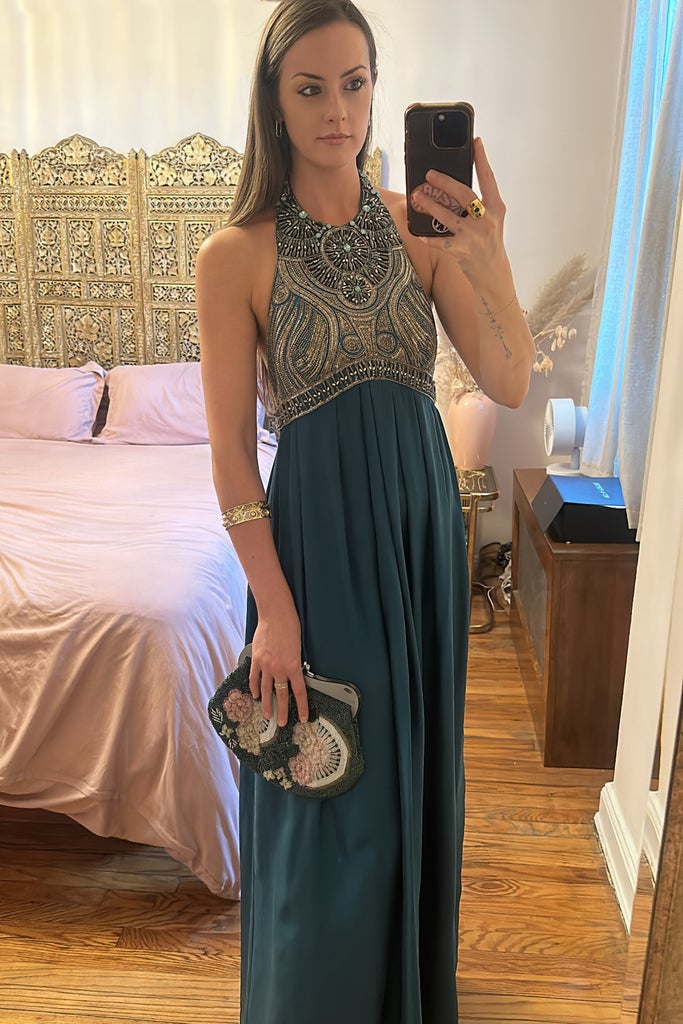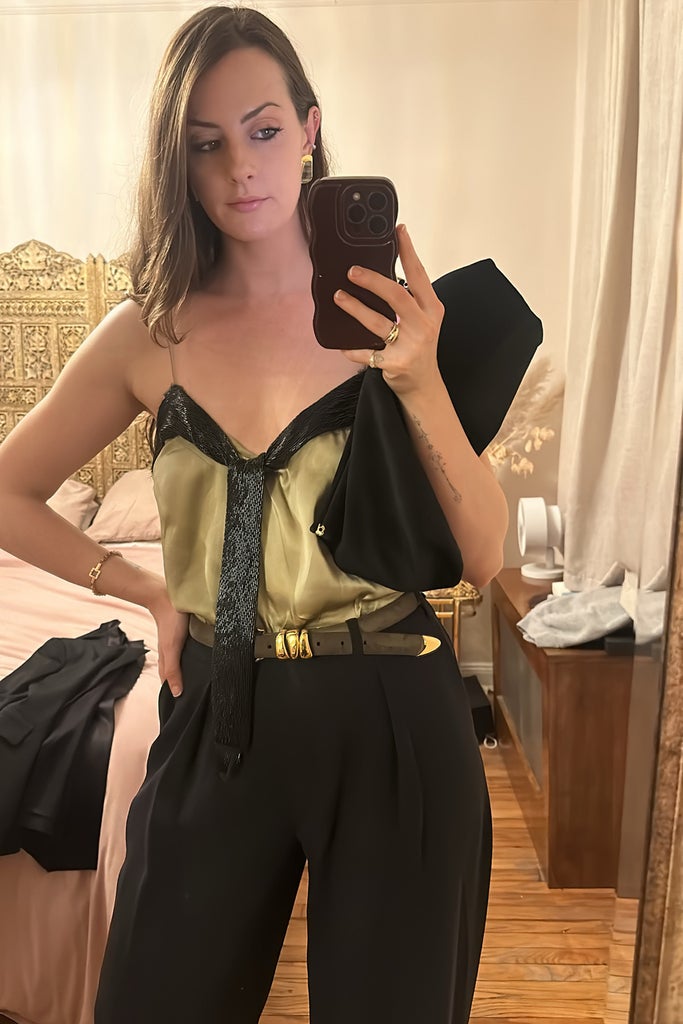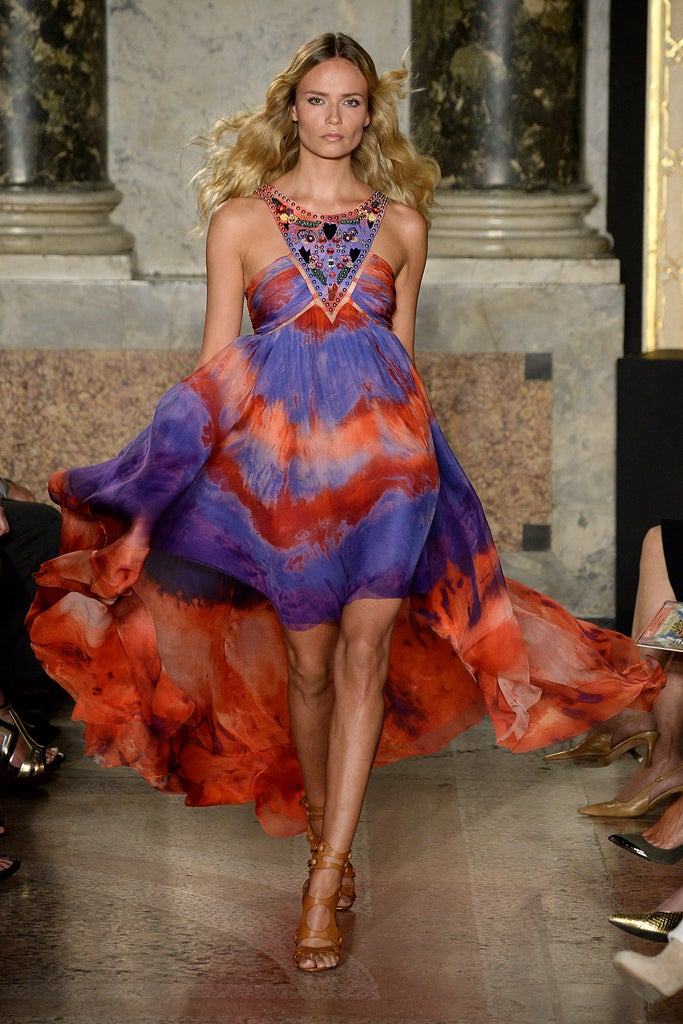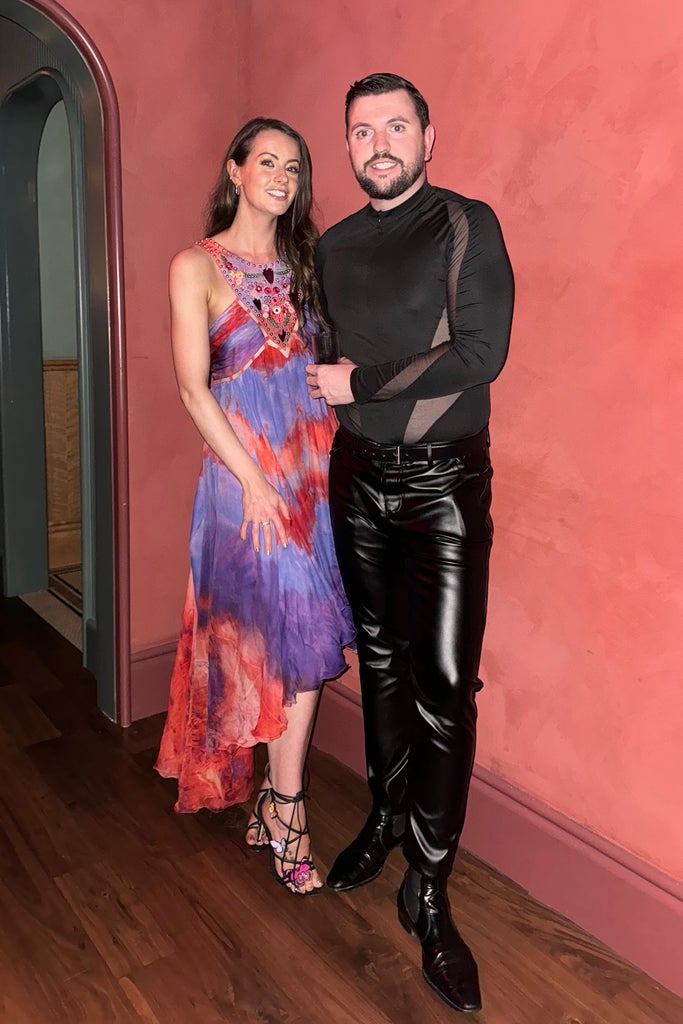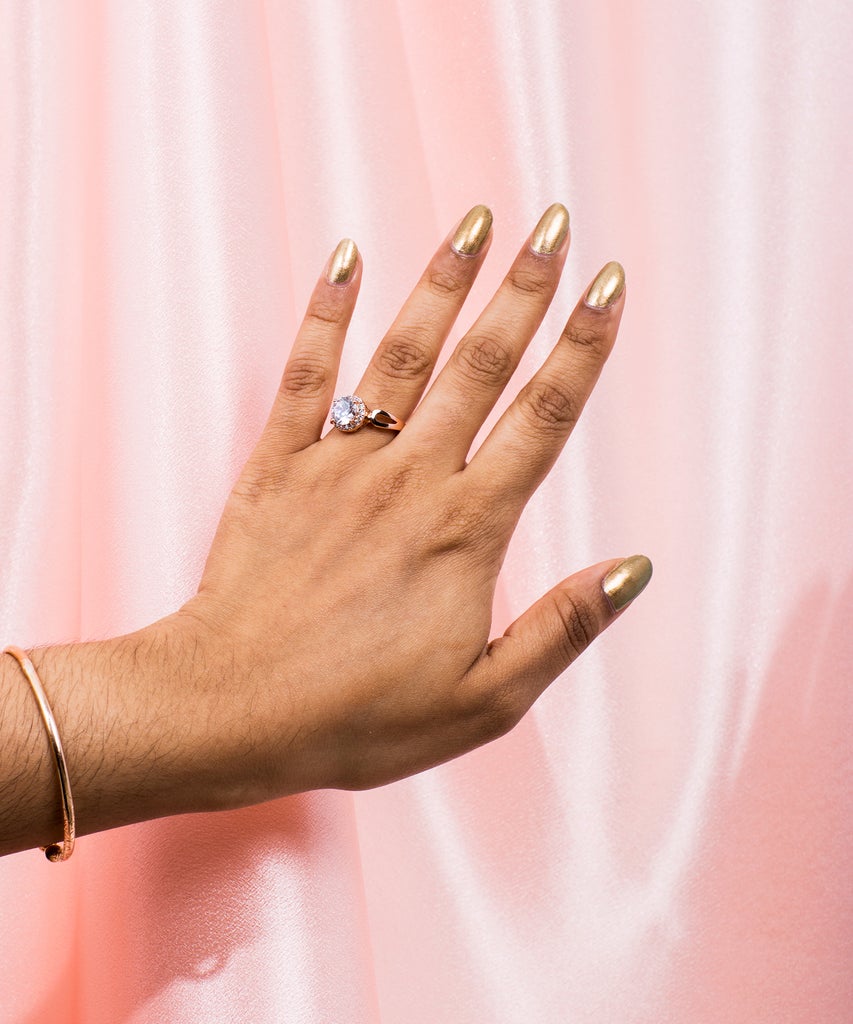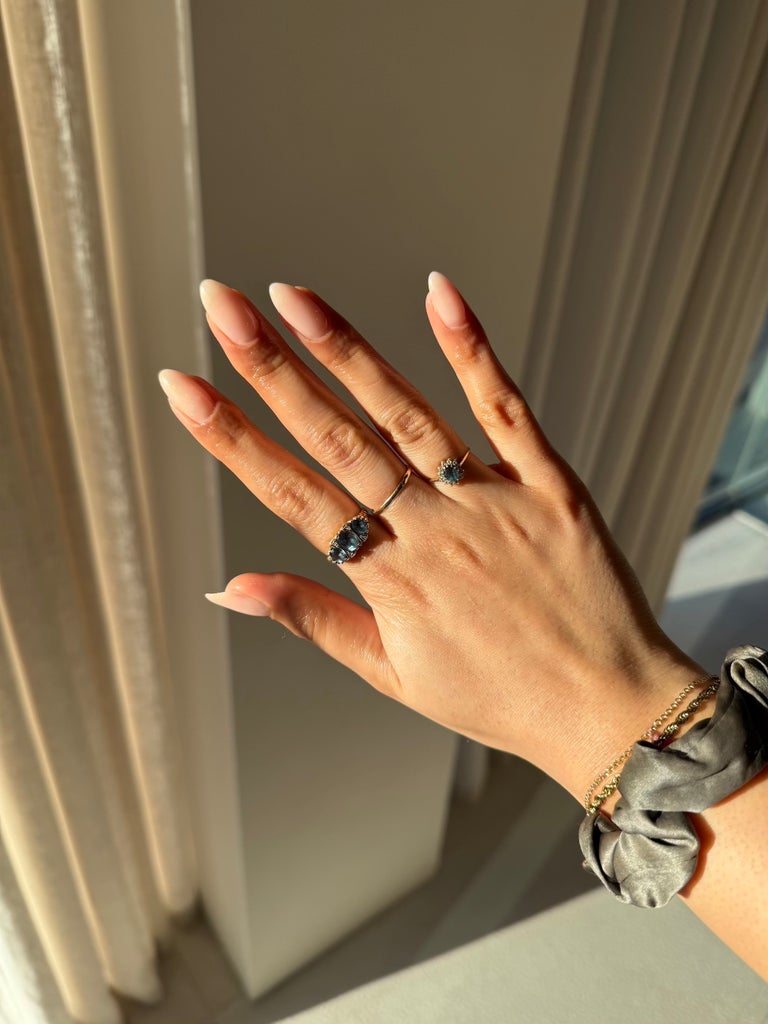Cosmic Beings, May is not a month we’ll forget. It opens with the skies singing a soft rebellion. On May 1st at 11:00 p.m. EST, Uranus, the planet of revolution, currently in Taurus, forms a sextile with the North Node in Pisces (which symbolizes our collective higher destiny). The message is clear: the world is weird, and you are too. But that’s the gift. This is a time to embrace your quirks, your contradictions, your inner indie film protagonist who paints under moonlight and dances like nobody’s watching — because chances are, someone is, and they’ve been waiting for someone just like you. Taurus energy teaches us to embody our values, while Pisces vibes urge us to dream without borders. When they harmonize, we start choosing the offbeat path because it feels like home. We begin trusting that doing what lights us up is the way to find our people, our peace, and our purpose.
This theme of polarity only intensifies as the month unfolds. On May 4th, a dramatic First Quarter Moon in Leo at 9:51 a.m. EST asks, “Who are you when no one’s clapping?” And just a couple hours later, Pluto stations retrograde in Aquarius at 11:27 a.m. EST, challenging us to confront what power really looks like in the collective age. Leo wants to shine. Aquarius wants to rebel. Together, these two transits tug on our egos and say, “Show up — but make it real.” You may feel torn between taking center stage and disappearing completely. But this is what May is about: extremes, contradictions, fixed sign tension. The kind that births art, movements, romance, and wild revelations.
That tension continues to build as Mercury enters Taurus on May 10th at 8:15 a.m. EST, grounding our thoughts in earthy logic… just in time for an emotional tsunami. Then the full moon in Scorpio arrives on May 12th at 12:56 p.m. EST, and it’s not here to play.
Think snake-shedding-its-skin energy (during the year of the snake at that!). Think tears in the bath followed by the best orgasm of your life. Think secrets rising to the surface, shadow work breakthroughs, and letting go of personas that no longer serve your truth. In a nine year, the year of karmic endings and completions, and with Scorpio ruling death and rebirth — this full moon is a portal. Let it undo you. You’re ready.
Mid-month, things get both healing and hazy. On May 18th at 9:44 a.m. EST, Jupiter in Gemini forms a harmonious aspect to Chiron in Aries, and for a moment, it feels like our wounds have a purpose. Like the mess is actually the medicine. But just a few hours later, Jupiter squares the North Node in Pisces at 2:46 p.m. EST, reminding us not to rush our way out of discomfort. Be wary of trying to “heal” everything in one go. Expansion is sacred, but not if it skips the integration. Be with the process. Let yourself be beautifully, unapologetically in between.
But wait, there’s more! On May 20th at 2:54 p.m. EST, the sun winks at us as it enters Gemini, and suddenly… there’s more air in the room. Laughter. Movement. Curiosity.
We trade some of that fixed sign intensity for a little Peter Pan chaos magic. Gemini says, “Try something new. Make a mess. Ask a hot stranger their favorite book.” It doesn’t have to make sense right now. Gemini Season gives us permission to be flexible, playful, even contradictory. And we need it, because honey — what comes next is legendary.
May 24th at 11:36 p.m. EST is a cosmic game-changer. Saturn enters Aries for the first time in 29 years. Let that sink in. The planet of discipline, structure, and reality-checks leaves foggy Pisces (where we all kind of felt like we were swimming through soup) and enters the sign of fire, action, and raw instinct. Saturn in Pisces was a dream we kept trying to wake up from, but now? Now we’re awake, and we’re on fire. Saturn in Aries says, “Okay, visionary, roll up your sleeves.” Paired with Mars in Leo, this shift is a cosmic Red Bull. Just don’t forget: Saturn’s here to keep you sober. You’re driving a race car. Stay alert. Don’t confuse speed for direction.
And just when we think we can’t take any more upgrades, Mercury enters Gemini on May 25th at 8:59 p.m. EST and says, “Let’s remix reality a little.” The planet of communication loves being here — it’s at home, buzzing with ideas, jokes, and spontaneous travel plans. And on May 26th at 11:02 p.m. EST, the new moon in Gemini joins the party. Picture Mercury turning to the moon and saying, “You ready to shake things up?” and the Moon replying, “I’ve been waiting for this cue.” Together, they offer us a portal of playful curiosity, the perfect closing note to a month full of rebirth, polarity, and purposeful chaos. This is a sneak peek of Uranus in Gemini coming later this summer — a reminder that the universe is wildly more creative than we are. Our job is to stay curious and open, even when it doesn’t all make sense yet.
Read your horoscopes for your Sun and Rising signs for the most in-depth forecast.
DashDividers_1_500x100Aries Sun & Rising:
Buckle up, Aries — Pluto retrograde in Aquarius hits your sector of friendships and technology on May 4 at 11:27 a.m. EST, and it’s about to start peeling back the curtain on your group chats, DMs, and digital habits. If you’ve been tolerating performative alliances, ghosting the people who actually care, or playing nice with folks who don’t align with your deeper vision… Pluto’s about to drag you (lovingly). This retrograde is a six-month journey of asking: who are you when no one’s watching your Stories? Who do you really want to build a future with?
Then the Scorpio full moon drops on May 12 at 12:56 p.m. EST in your sector of intimacy and transformation, and yeah, it’s giving “emotional enema.” Whatever you’ve buried — old heartbreaks, revenge fantasies, unspoken grief — it’s rising. This full moon doesn’t want to ruin you, but it does want to rebuild you. Let the catharsis in. Don’t run. You’ll feel better once you stop pretending you’re over it. It’s okay to scream-cry into a pillow and then journal about your financial goals five minutes later. You’re complex. Let it be known.
Thankfully, Gemini Season kicks off on May 20 at 2:54 p.m. EST, activating your communication sector and giving you back your spark. Mercury enters Gemini on May 25th, followed by the new moon on May 26th, and suddenly you’re that friend sending voice notes from the rooftop with 10 tabs open and three new business ideas. Let it fly.
And now for the headline of this month: Saturn enters your sign on May 24th at 11:36 p.m. EST for the first time in 29 years. This is a major rebirth. You’re at the start of a 30-year cycle. Saturn is here to help you level up — but only if you’re willing to earn your glow. Show up for yourself like it’s your job. Because, in a way, it is.
Taurus Sun & Rising:
Taurus, what if reinvention could feel like coming home to yourself, not running away from who you’ve been? May begins with a sobering shift as Pluto stations retrograde in Aquarius on May 4 at 11:27 a.m. EST, activating your sector of career and public image. The truth is, you’re changing — visibly. And while you may look grounded and composed on the surface (Taurus aesthetic stays undefeated), Pluto’s retrograde is asking: what part of your public persona is actually performative? Are you chasing success on your terms or someone else’s? The pressure to be perceived as “together” may hit different this month, especially if you’ve been quietly craving a new direction.
As the month continues, the emotional temperature rises with the Scorpio full moon on May 12 at 12:56 p.m. EST, illuminating your sector of partnership. This lunation might crack open your walls, whether you’re coupled or single. If you’ve been the one pretending you’re “fine” while holding resentment or longing inside? That’s a wrap.
Scorpio energy wants raw truth, not curated peace. Let yourself be vulnerable. It’s better to face the discomfort than fake harmony. Love —whether romantic, platonic, or self — demands depth now. And yes, that might mean crying mid-text or finally saying the thing you’ve been swallowing for six months. Let it out. The healing is in the release.
But just when you thought May was all shadow and intensity, the winds shift. Gemini Season begins on May 20th, lighting up your sector of income, confidence, and personal values. Suddenly, there’s movement. Mercury enters Gemini on May 25th, and the new moon follows on May 26th, reminding you that you can make money in unexpected, even weird, ways— especially with Uranus still vibing in your sign.
Then — boom — Saturn enters Aries on May 24th at 11:36 p.m. EST, activating your sector of spirituality. This is massive. Saturn hasn’t been here in over two decades. You’re entering a phase of deeper soul accountability. Expect an urge to clean up your energetic hygiene, face your inner saboteur, and explore spiritual practices that are both ancestral and futuristic. The last week of the month sets the stage for a powerful inner reboot. You’re not lost, Taurus. You’re evolving on purpose.
Gemini Sun & Rising:
You’ve been in hermit mode, Gemini —plotting, reflecting, shedding. But now in May? You’re the butterfly stepping out of the cocoon… and you’re glowing. The month begins with Pluto retrograde in Aquarius on May 4 at 11:27 a.m. EST, shaking up your sector of expansion, education, and belief systems. It’s no longer enough to say what you “used to believe.” Your values are evolving in real time, and you’re not afraid to admit that you’ve outgrown some past versions of yourself. This retrograde invites you to question the narratives you’ve inherited — about success, truth, love, and power. You don’t have to subscribe to someone else’s map when your internal GPS is pointing to liberation.
Mid-month, the energy intensifies with the Scorpio full moon on May 12th at 12:56 p.m. EST, activating your sector of wellness, work, and routine. If you’ve been ignoring your body or spiritually bypassing your stress, the full moon might be your final warning to check yourself. Cry in the bath. Say no to overbooking yourself. Take the day off. You’ve been giving so much mental energy to the future, but your nervous system needs you now. Shed the toxic productivity mindset. Rest is not a weakness. It’s a reset.
Then — drumroll — Gemini Season begins on May 20th at 2:54 p.m. EST, and suddenly you’re back in your element. Mercury (your ruling planet) enters Gemini on May 25th, and the new moon in your sign lands on May 26th, offering a total identity refresh. This is your rebirth. You’re reinventing the way you express, flirt, create, and connect. And with Saturn entering Aries on May 24th, activating your sector of community and long-term dreams, the universe is officially taking your visions seriously. Structure meets spontaneity. Play meets purpose. Show us how multifaceted you are. We’re ready for it.
Cancer Sun & Rising:
What if hiding isn’t the safest choice anymore, Cancer? What if being seen is where your power lives now? Pluto retrograde in Aquarius hits your sector of transformation and shared energy on May 4th at 11:27 a.m. EST, and it’s asking you to sit with the uncomfortable. Whether it’s financial vulnerability, intimacy wounds, or deep emotional patterns that you’ve buried beneath your “I’m fine,” this retrograde’s about to unearth it. The invitation? Reclaim your power by honoring your fears, not suppressing them. The things you avoid may be the exact places where your strength is waiting.
By May 12th, the Scorpio full moon rises in your sector of joy, romance, and creativity at 12:56 p.m. EST, reminding you of what it feels like to truly feel. The passion, the longing, the ache, the beauty. Whether you’ve been romanticizing your past or numbing out from the present, this lunation is like a flash of lightning that reconnects you to your artistic and emotional depth. Yes, it may sting. But it’s also going to heal something wild in you. You’re allowed to want more. You’re allowed to want magic.
The last third of the month brings much-needed levity. Gemini Season begins on May 20th, activating your sector of spirituality and solitude. This is your cocoon phase — quiet, sacred, introspective. Mercury joins on May 25th, and the Gemini new moon on May 26th urges you to unplug and re-align. It’s not about disappearing; it’s about coming home to your intuition. Meanwhile, Saturn enters Aries on May 24th, launching a brand-new two-year cycle in your sector of career and public presence. Yep — your time is coming. Let this spiritual hibernation ground you for the moves you’re about to make. The world is waiting.
Leo Sun & Rising:
What happens when your spotlight turns inward, Leo? What happens when the applause fades, and you’re alone with your reflection? The month starts with Pluto retrograde in Aquarius on May 4th at 11:27 a.m. EST, shaking your sector of partnerships and long-term commitments. You might realize that something (or someone) isn’t aligned anymore — and that’s okay. Pluto retrograde is about reclaiming your power, especially if you’ve been compromising too much in the name of “keeping the peace.” This is your cosmic permission slip to stop settling. Be honest about the kind of love — and the kind of life — you’re willing to fight for.
Then comes the Scorpio full moon on May 12th at 12:56 p.m. EST, lighting up your sector of home, ancestry, and emotional roots. Leo, this lunation might crack your chest open in the best and worst ways. It’s okay to grieve the versions of yourself that no longer feel safe. You may feel called to release generational patterns or finally admit that you’re tired of holding it all together for everyone else. Vulnerability isn’t weakness. It’s your portal to true power.
Thankfully, a wave of relief arrives as Gemini Season begins on May 20th, lighting up your sector of friendship and community. Suddenly, you want to be seen again — really seen, by people who get you. Mercury enters Gemini on May 25th, and the Gemini new moon on May 26th is your social reset button. Let yourself laugh again. Flirt again.
Reconnect with the joy of just being around your people. And when Saturn enters Aries on May 24th, your sector of expansion is lit. It’s time to take your beliefs seriously. You’re entering a cycle of spiritual maturity, wild travel, and big truth-telling. The universe is asking: are you ready to grow beyond your comfort zone? (Hint: yes, you are.)
Virgo Sun & Rising:
What if the plan isn’t falling apart, Virgo… what if you’re being called to change your relationship to control itself? Pluto begins its retrograde in Aquarius on May 4th at 11:27 a.m. EST, hitting your sector of routine, health, and service. Your systems, schedules, and perfectionism are being interrogated — and dragged. Are your habits truly supporting your evolution, or just keeping you “safe”? This retrograde wants to help you reclaim your time and energy, even if it means letting go of the rituals or jobs you’ve outgrown. You’re not a machine. Stop treating yourself like one.
On May 12th, the Scorpio full moon lands in your communication sector at 12:56 p.m. EST, and it’s coming for your inner monologue. The words you’ve left unsaid? The journal entries you ripped out and threw away? They’re rising now. This is your invitation to say the thing — out loud. With your chest. With love, but also with clarity. Whether it’s a tough conversation or a breakthrough idea, your voice has power this month. Don’t silence yourself for the comfort of others. Scorpio’s here to help you speak from your truth, not your fear.
Then, the energy lightens and expands. Gemini Season begins May 20th, activating your sector of career and legacy. You’re getting noticed — and your ideas are speaking for you. Mercury enters Gemini on May 25th, followed by a Gemini new moon on May 26th, offering a fresh start in how you present your work to the world. And with Saturn entering Aries on May 24th, your sector of intimacy and shared resources begins a two-year storyline of deeper emotional accountability. You’re learning to merge without losing yourself. It’s intense — but you’ve trained your whole life for this.
Libra Sun & Rising:
What if love is meant to be messy, sacred, and honest — not just cute and aesthetically pleasing, Libra? The month kicks off with Pluto stationing retrograde in Aquarius on May 4th at 11:27 a.m. EST, hitting your sector of romance, creativity, and personal joy.
Translation: your inner artist, lover, and muse are being summoned to take the mic. Have you been playing small in your joy, or dimming your weirdness for fear of judgment? That’s not going to fly anymore. Pluto retrograde says: reclaim your magic. Even if it’s chaotic. Especially if it’s chaotic.
Then on May 12th at 12:56 p.m. EST, the Scorpio full moon activates your sector of money and self-worth, and it’s time for some real talk. If you’ve been undercharging, overgiving, or relying on validation to feel worthy, this lunation is your wake-up call. You don’t need to prove anything. Let go of scarcity narratives, release your attachment to outdated versions of “success,” and redefine your value from the inside out. Shed the shame. Invest in yourself.
As Gemini season begins May 20th, you get a refreshing dose of air in your chart. Your sector of truth, travel, and higher learning is activated, and suddenly the world feels open again. Mercury joins Gemini on May 25th, followed by the new moon on May 26th, bringing new insights, new philosophies, and maybe even a literal ticket out of town. Expand. Try something uncharacteristically bold. And with Saturn entering Aries on May 24th, your relationship sector becomes the site of serious growth. You’re learning what long-term love really requires — from you and for you. No more situationships that lead nowhere. No more over-romanticizing red flags. You’re ready for real.
Scorpio Sun & Rising:
Scorpio… I know you’re always in a rebirth arc. But this month? This one hits different. Pluto, one of your planetary rulers, stations retrograde in Aquarius on May 4th at 11:27 a.m. EST, shaking your sector of home, roots, and inner emotional safety. If your foundations have been feeling fragile, this retrograde will show you where the cracks are — and how to rebuild better. You may feel a pull toward ancestral healing, reconnecting with family, or redefining what “home” actually means for you. Let yourself go deep. You’re not losing control. You’re finding a more authentic version of it.
Then comes your annual full moon. On May 12th at 12:56 p.m. EST, the Scorpio full moon lands in your sector of self, and you’re shedding layers like it’s your job. Old insecurities, projections, facades from the past six months — gone. This is you looking in the mirror and saying, “Wow. I’ve always been powerful. I just had to stop pretending I wasn’t.” This is a Phoenix moment, no exaggeration. You don’t need anyone’s permission to rise. Just your own presence. Spend time celebrating your growth with this potent lunation. You did that!
After all that intensity, Gemini Season arrives on May 20th, activating your sector of transformation, intimacy, and financial merging for the next four weeks. This is your research lab, your tantric study zone, your emotional depth territory. Mercury enters Gemini May 25th, and the Gemini new moon follows May 26th, inviting new beginnings in your energetic exchanges with others. Meanwhile, Saturn enters Aries on May 24th, kicking off a new cycle in your sector of daily rituals, health, and personal responsibility. Your healing is no longer optional — it’s foundational. You’re learning to structure your brilliance. And your glow up? It’s going to be long-lasting.
Sagittarius Sun & Rising:
How long can you outrun your own shadow, Sagittarius? What if stillness holds the answers your passport can’t? May begins with Pluto retrograde in Aquarius on May 4th at 11:27 a.m. EST, stirring your sector of communication and mindset. Your thoughts, words, and online voice are under review. You may find yourself questioning what’s behind your need to always “move on,” always say the right thing, always keep it light. Pluto’s asking: what’s the truth you’ve been scared to speak — especially to yourself?
That truth gets even louder on May 12th, when the Scorpio full moon lands in your sector of spirituality and subconscious at 12:56 p.m. EST. If you’ve been spiritually bypassing with distractions, this full moon isn’t having it. You’ve been running, scrolling, flirting, and booking flights left and right (or dreaming of it) — but some emotions need to be felt, not avoided. This lunation is a chance to break down in order to break through. You’re not weak for crying in solitude. You’re wise for finally listening to your inner voice.
Then as the month evolves, the light returns. Gemini Season begins on May 20th, lighting up your sector of partnership. You’re re-learning how to relate, how to be soft and strong, how to communicate what you actually want. Mercury enters Gemini on May 25th, and the Gemini new moon on May 26th offers fresh starts in love, collabs, and contracts. Meanwhile, Saturn enters Aries on May 24th, launching a whole new cycle in your sector of creativity and pleasure. Your joy is no longer a side quest — it’s the mission. But Saturn wants you to build a foundation for that joy. Make time for what makes you feel alive, and do it consistently.
Capricorn Sun & Rising:
Capricorn, what if your definition of “success” has been too narrow all along? May kicks off with a wake-up call. Pluto stations retrograde in Aquarius on May 4th at 11:27 a.m. EST, challenging your relationship with money, worth, and independence. You’ve been building empires… but at what cost? This retrograde isn’t here to take your power. It’s here to help you wield it better. You may realize it’s time to change how you relate to ownership, income, or even your digital footprint. There’s more power in your authenticity than your performance.
The Scorpio full moon arrives May 12th at 12:56 p.m. EST, lighting up your sector of community and vision. If you’ve been blending in with crowds that no longer reflect your dreams, this lunation will shake that loose. You’re not meant to be palatable. You’re meant to be purposeful. Let go of the social masks. Start speaking from your soul. Whether you’re going viral or going ghost, it’s time to let your future self lead.
As Gemini Season begins on May 20th, your sector of wellness and structure lights up. You’re refining your schedule and rituals — not from guilt, but from alignment. Mercury joins Gemini on May 25th, and the Gemini new moon on May 26th is your moment to set intentions around sustainable productivity. Then — boom — Saturn enters Aries on May 24th, activating your sector of home, ancestry, and emotional foundation for the first time since 1999. The next two years are asking: what kind of legacy do you want to root into? It’s not just about building a life. It’s about healing the ground it’s built on.
Aquarius Sun & Rising:
Are you ready to face yourself, Aquarius — not the version you curated, but the one that’s always been waiting underneath? The month begins with a massive internal shift. Pluto stations retrograde in your sign on May 4th at 11:27 a.m. EST, and you’re entering a deep period of identity excavation. This isn’t a surface-level rebrand. This is soul work. You’re releasing the projections, perfectionism, and personas that were meant to protect you — but now just keep you confined. Let the transformation happen. You’re not breaking down. You’re breaking open.
The Scorpio full moon on May 12th at 12:56 p.m. EST lands in your sector of career and public image, pushing you into the spotlight… or out of it, if that spotlight isn’t aligned. You may experience a reckoning with your role, your reputation, or the pressure to always be “ahead of the curve.” Let go of the need to perform. Ask yourself: am I building something true, or just doing it for the validation? It’s okay to shift directions, even dramatically.
Then in the final third of the month comes a major mood shift. Gemini Season starts on May 20th, bringing life to your sector of creativity, romance, and fun. Yes, you’re allowed to flirt with the universe again. Mercury also enters Gemini on May 25th, and the Gemini new moon on May 26th reminds you that joy can be sacred, too. And just when you’re finding your rhythm, Saturn enters Aries on May 24th, marking a huge new cycle in your communication and learning sector. It’s time to take your voice seriously. You don’t need a megaphone — you need conviction. Start writing the story of who you’re becoming.
Pisces Sun & Rising:
What if your softness is your superpower this month, Pisces, but boundaries are the armor that let it thrive? Pluto retrograde begins May 4th at 11:27 a.m. EST, activating your sector of spirituality and the subconscious. This is the underworld tour of your soul… and yes, it might get uncomfortable. Old wounds, past-life patterns, ancestral grief — Pluto’s digging it all up. But instead of drowning in it, you’re being shown how to release it. This is shadow work. This is transformation. Trust your dreams. Journal everything. Light a candle. Ask your spirit guides for clarity.
The Scorpio full moon arrives on May 12th at 12:56 p.m. EST, lighting up your sector of wisdom and higher learning, and suddenly, something clicks. Maybe you finally forgive someone. Maybe you forgive yourself. This is a spiritual graduation after six months of intense overwhelm. If you’ve been doubting your gifts, hiding your truth, or second- guessing your path — this lunation ends that. You know who you are. It’s time to act like it. Let yourself expand, even if it scares you.
Then comes the cosmic plot twist. Gemini Season begins May 20th, and your sector of home and emotional foundation is activated for the next four weeks. You may want to redecorate, reconnect with family, or just cocoon for a bit. Mercury enters Gemini on May 25th, and the Gemini new moon on May 26th offers a clean slate emotionally, helping you take life less seriously.
And then for the final hoorah: Saturn, the planet of challenge, leaves your sign for the first time in over two years and enters Aries on May 24th, activating your sector of finances, self-worth, and value. This is the start of your wealth-building arc. But it starts with you knowing — not hoping — that you deserve more. Let this be the month where your intention and your discipline finally align.
Like what you see? How about some more R29 goodness, right here?
Your April Horoscope Is Here
Do You Ask For Their Star Sign Before A Date?








